
 1--130 Nour Bishouty : selected works, Ghassan Bishouty, b. 1941 Safad, Palestine--d. 2004 Amman, Jordan
by
Nour Bishouty
1--130 Nour Bishouty : selected works, Ghassan Bishouty, b. 1941 Safad, Palestine--d. 2004 Amman, Jordan
by
Nour Bishouty
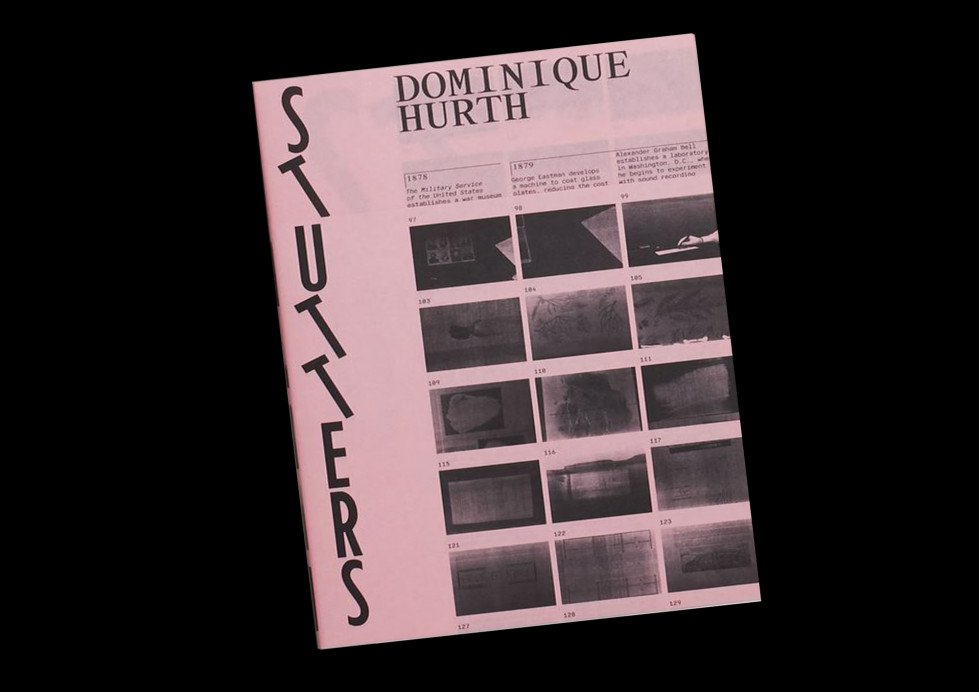 Stutters
by
Dominique Hurth
Stutters
by
Dominique Hurth
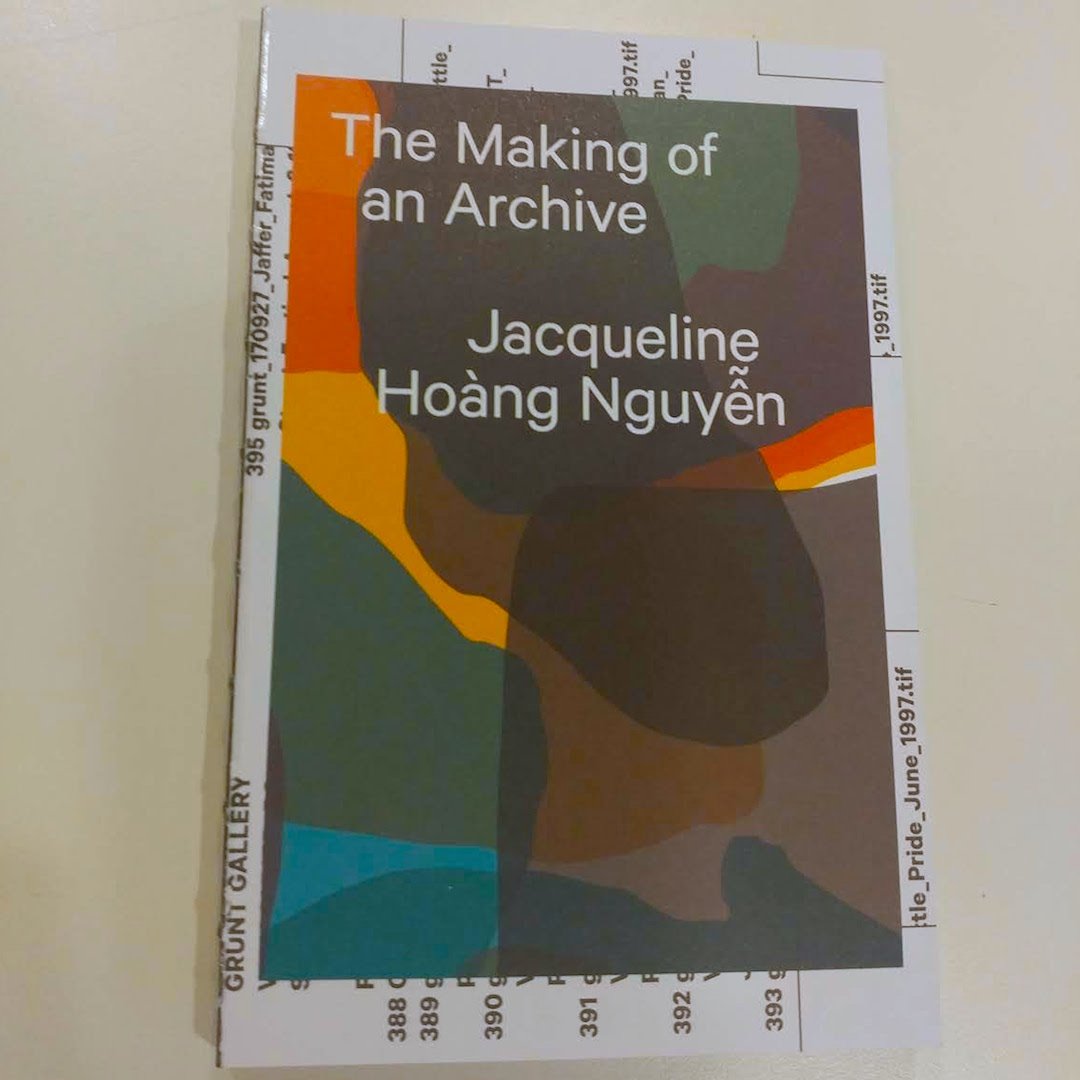 The Making of an Archive / Jacqueline Hoàng Nguyễn.
The Making of an Archive / Jacqueline Hoàng Nguyễn.
 No new theories
by
Kameelah Rasheed
No new theories
by
Kameelah Rasheed
 Blood marrow oolong ivory
by
Rin Kim
Blood marrow oolong ivory
by
Rin Kim
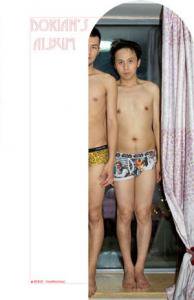 Dorian's album
by
Han Meichao
Dorian's album
by
Han Meichao
 Heart of a Shapeshifter
by
Coyote Park
Heart of a Shapeshifter
by
Coyote Park
 Queering the collection
by
Be Oakley
Queering the collection
by
Be Oakley
 Switch
by
J.J. Levine
Switch
by
J.J. Levine
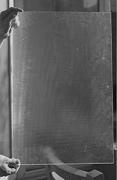 Glass
by
Leon Qu
Glass
by
Leon Qu
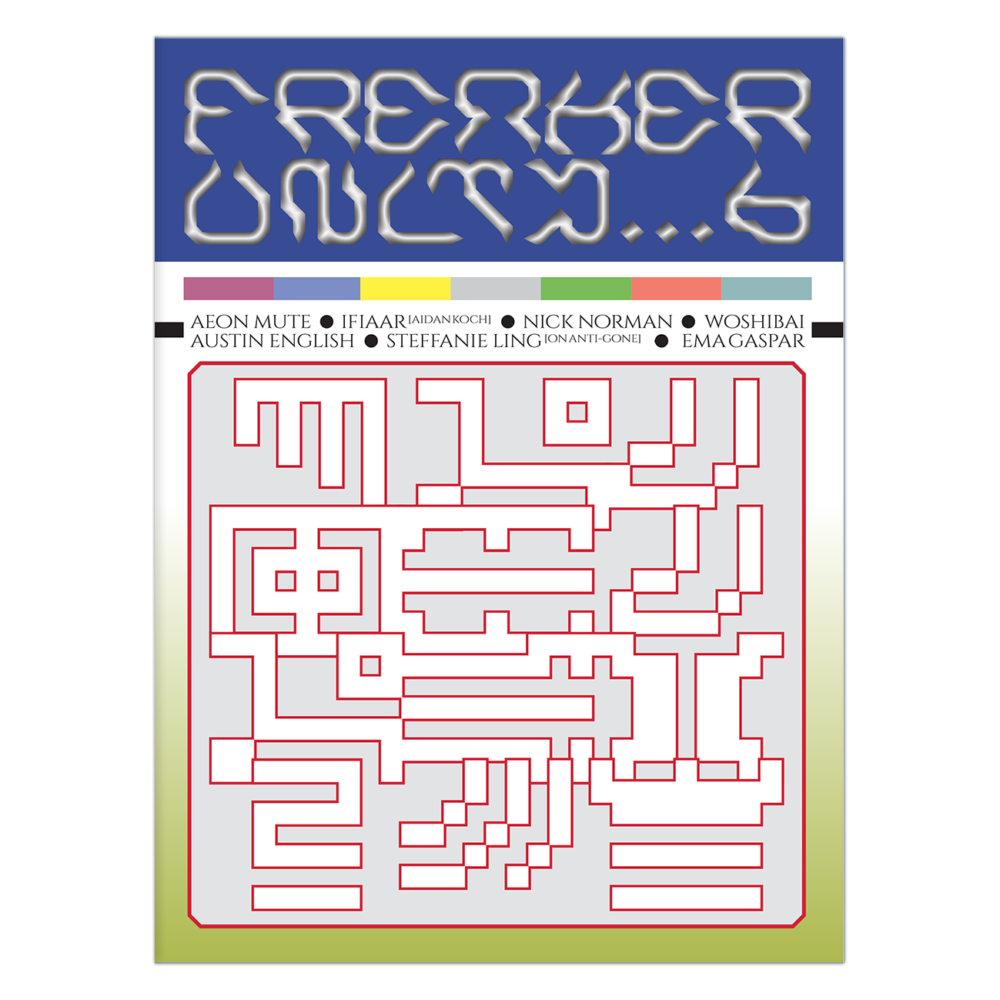 Freaker UNLTD 6
by
DDOOGG
Freaker UNLTD 6
by
DDOOGG
 Studio space print, time
by
Sam Falls
Studio space print, time
by
Sam Falls
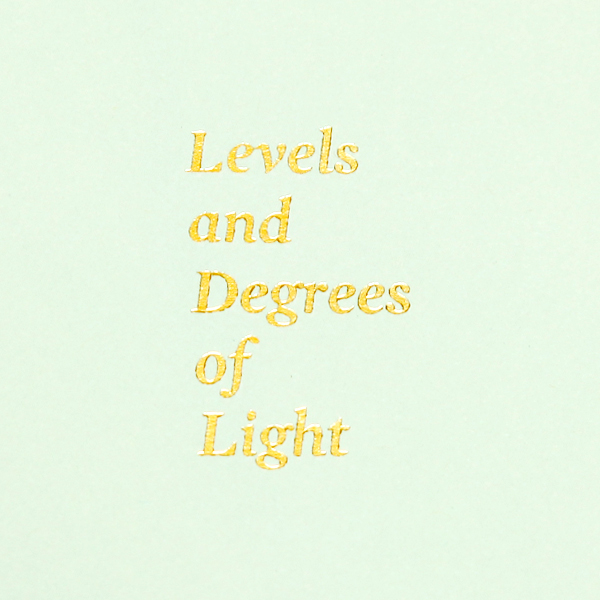 Levels and degrees of light
by
Alex Fuller and Gabe Usadel
Levels and degrees of light
by
Alex Fuller and Gabe Usadel
 Two letter words
by
Alex Fuller
Two letter words
by
Alex Fuller
 Is this the right word?
by
Alicia Nauta and Eunice Luk
Is this the right word?
by
Alicia Nauta and Eunice Luk
 Cuneiform
by
Dadson, Andrew
Cuneiform
by
Dadson, Andrew
 No new theories
by
Kameelah Rasheed
No new theories
by
Kameelah Rasheed
 Eine sorgenfreie zukunft
by
Sylvie Ringer
Eine sorgenfreie zukunft
by
Sylvie Ringer
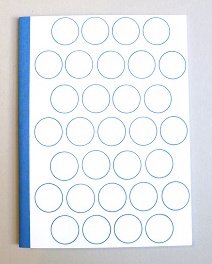 Blue icons
by
Dan Walsh
Blue icons
by
Dan Walsh
 Yoshinoya
by
Adan Verdade
Yoshinoya
by
Adan Verdade
 The mystery of the magic box : an open and shut case.
by
Julie Decker, David Edlefsen, Ron Glowen
The mystery of the magic box : an open and shut case.
by
Julie Decker, David Edlefsen, Ron Glowen
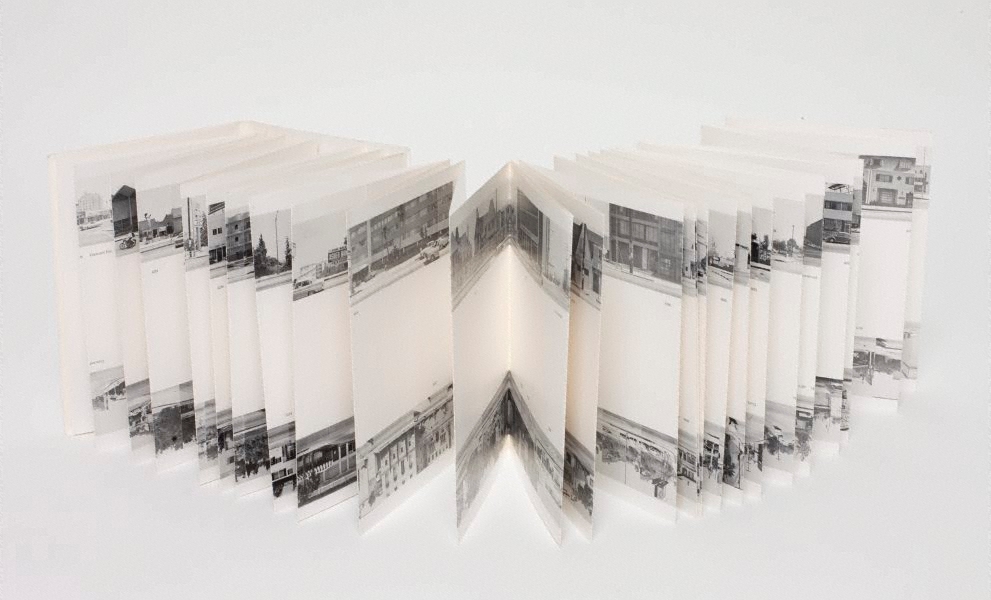 Every Building on the Sunset Strip
by
Edward Ruscha
Every Building on the Sunset Strip
by
Edward Ruscha
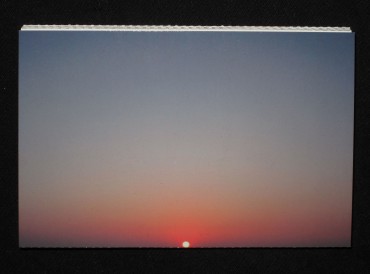 The distance of a day
by
David Horvitz
The distance of a day
by
David Horvitz
 Mini Dawson
by
Marlene Yuen
Mini Dawson
by
Marlene Yuen
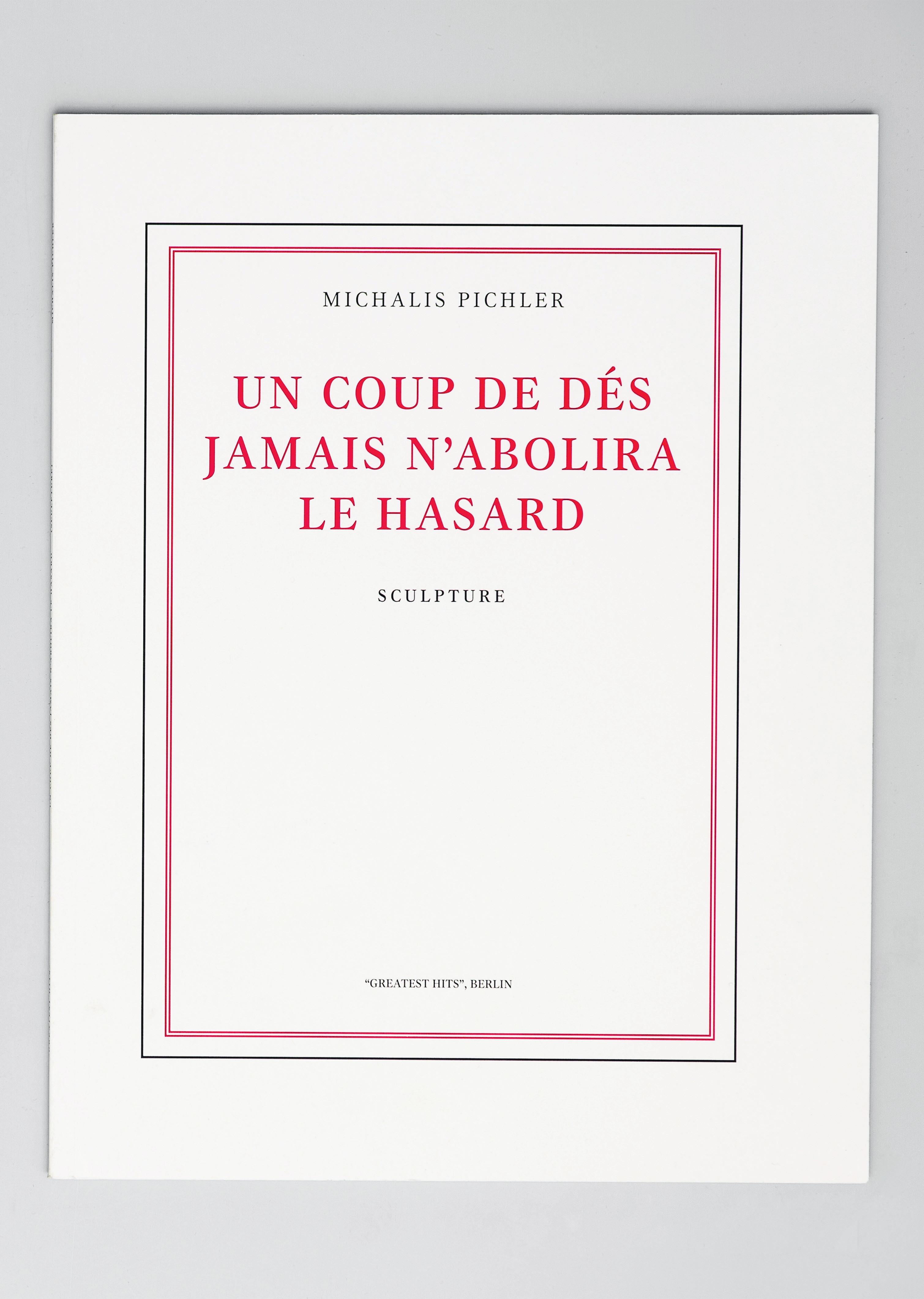 Sculpture : un coup de dés jamais n'abolira le hasard
by
Michalis Pichler.
Sculpture : un coup de dés jamais n'abolira le hasard
by
Michalis Pichler.
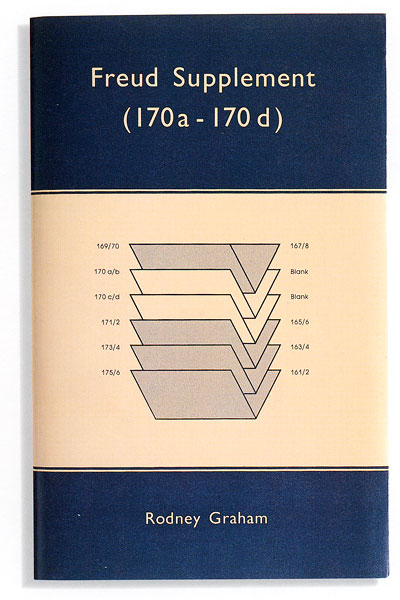 Freud Supplement (170a - 170d)
by
Rodney Graham
Freud Supplement (170a - 170d)
by
Rodney Graham
 Heliogabalus
by
William E. Jones
Heliogabalus
by
William E. Jones
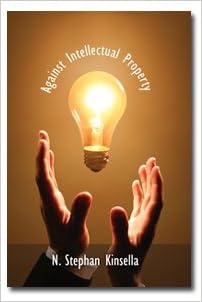 Against Intellectual Property
by
N. /Stephen Kinsella (Artist)
Against Intellectual Property
by
N. /Stephen Kinsella (Artist)
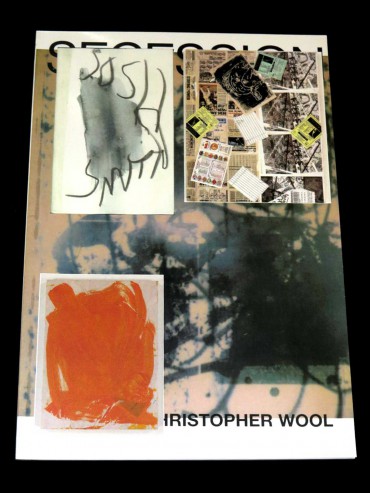 Secession - Christopher Wool (Josh Smith)
by
Brian Kennon
Secession - Christopher Wool (Josh Smith)
by
Brian Kennon
 More Los Angeles Apartments : and twenty three min photo
by
John O'Brian
More Los Angeles Apartments : and twenty three min photo
by
John O'Brian
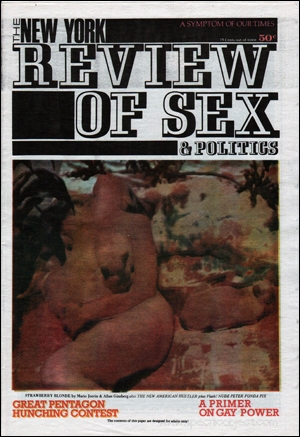 The New York review of sex & politics. Vol. 1, no. 12, September 1, 1969
by
Primary Information
The New York review of sex & politics. Vol. 1, no. 12, September 1, 1969
by
Primary Information
 Persistent huts
by
Derek Sullivan
Persistent huts
by
Derek Sullivan
 Queering the collection
by
Be Oakley
Queering the collection
by
Be Oakley
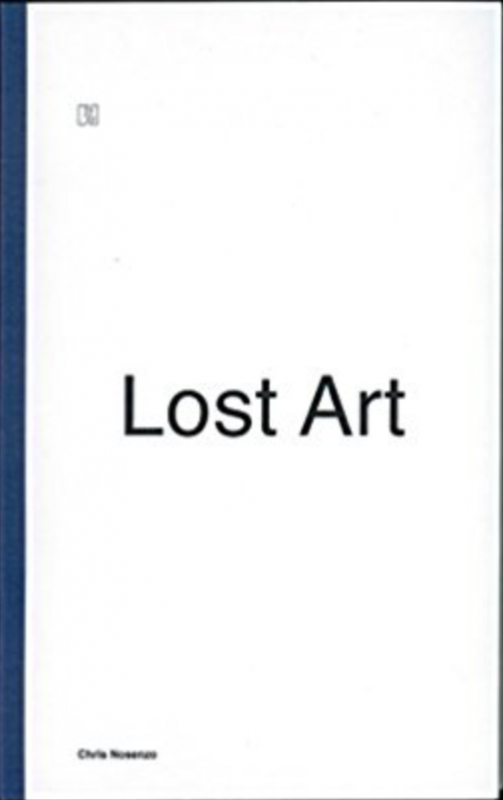 Lost art
by
Chris Nosenzo
Lost art
by
Chris Nosenzo
 The Making of an Archive / Jacqueline Hoàng Nguyễn.
The Making of an Archive / Jacqueline Hoàng Nguyễn.
 100 pisama = 100 letters : 1965-1979
by
Marina Abramović
100 pisama = 100 letters : 1965-1979
by
Marina Abramović
 52 Transactions
by
Kathy Slade
52 Transactions
by
Kathy Slade
 Da Qin island
by
Luo Changwei
Da Qin island
by
Luo Changwei
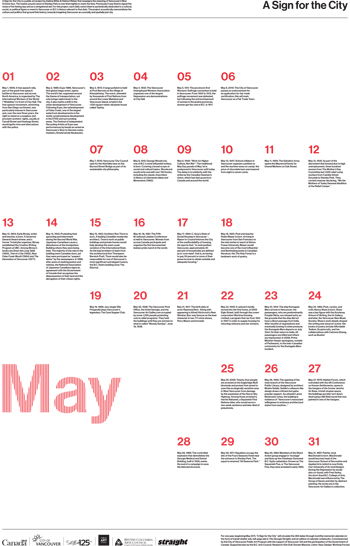 A sign for the city
by
Sabine Bitter & Helmut Weber
A sign for the city
by
Sabine Bitter & Helmut Weber
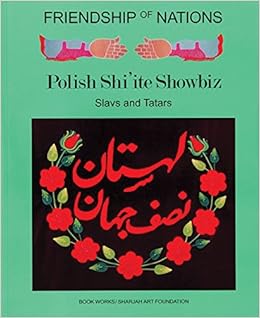 Friendship of nations : Polish shi'ite showbiz
by
Slavs and Tatars (Group of Artists)
Friendship of nations : Polish shi'ite showbiz
by
Slavs and Tatars (Group of Artists)
 N.E. Thing Co. : corporate identity / organization and production
by
Iain Baxter & Marty Dolan
N.E. Thing Co. : corporate identity / organization and production
by
Iain Baxter & Marty Dolan
 Hell Passport
Hell Passport
 Manifestos
Manifestos
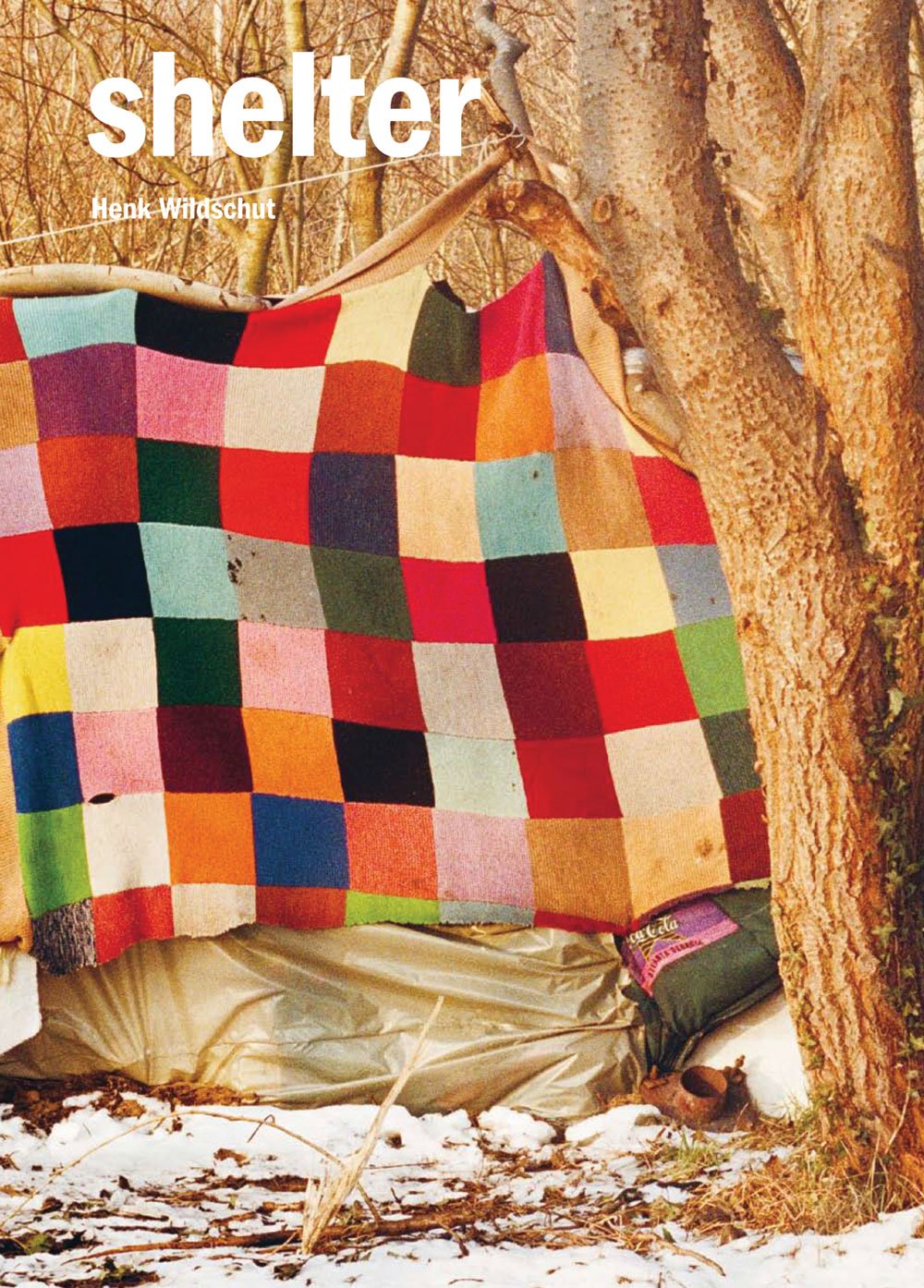 Shelter
by
Henk Wildschut
Shelter
by
Henk Wildschut
 Le comète du canard bleu : postcards, prints, drawings, ephemera & books
by
Perro Verlag
Le comète du canard bleu : postcards, prints, drawings, ephemera & books
by
Perro Verlag
 Hell Passport
by
Beaulieu, D. A. (Multiple Authors)
Hell Passport
by
Beaulieu, D. A. (Multiple Authors)
 The mystery of the magic box : an open and shut case.
by
Julie Decker, David Edlefsen, Ron Glowen
The mystery of the magic box : an open and shut case.
by
Julie Decker, David Edlefsen, Ron Glowen
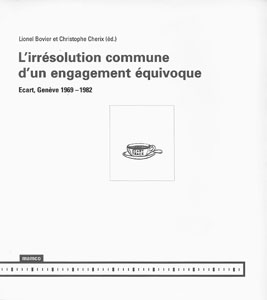 L'irrésolution commune d'un engagement équivoque
by
Lionel Bovier
L'irrésolution commune d'un engagement équivoque
by
Lionel Bovier
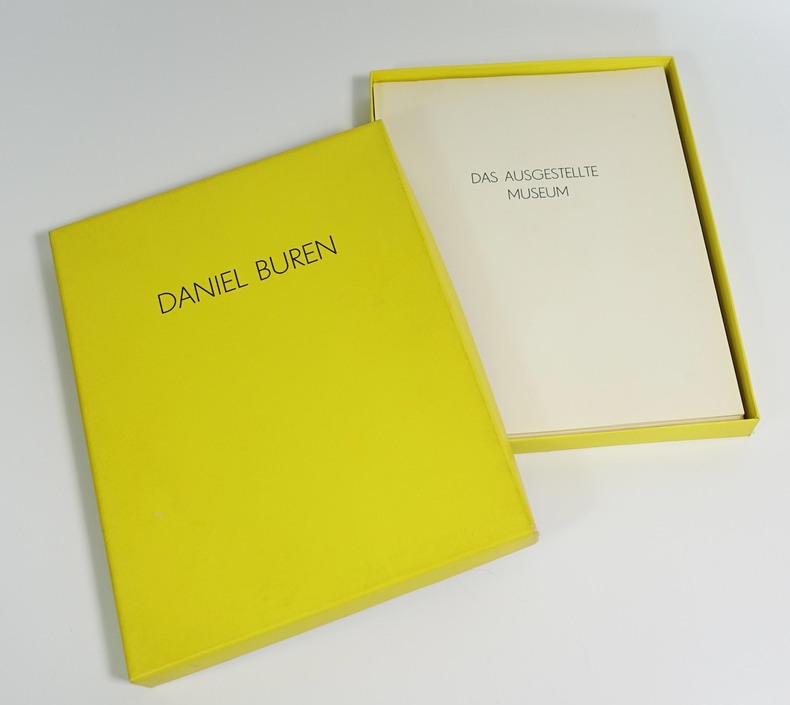 Von da an (Folge Nr. 2)
by
Daniel Buren
Von da an (Folge Nr. 2)
by
Daniel Buren
 Belligerent
by
Jenny Holzer
Belligerent
by
Jenny Holzer
 12 Peaces
by
Zak Jensen
12 Peaces
by
Zak Jensen
 A book working: six books by six artists
A book working: six books by six artists
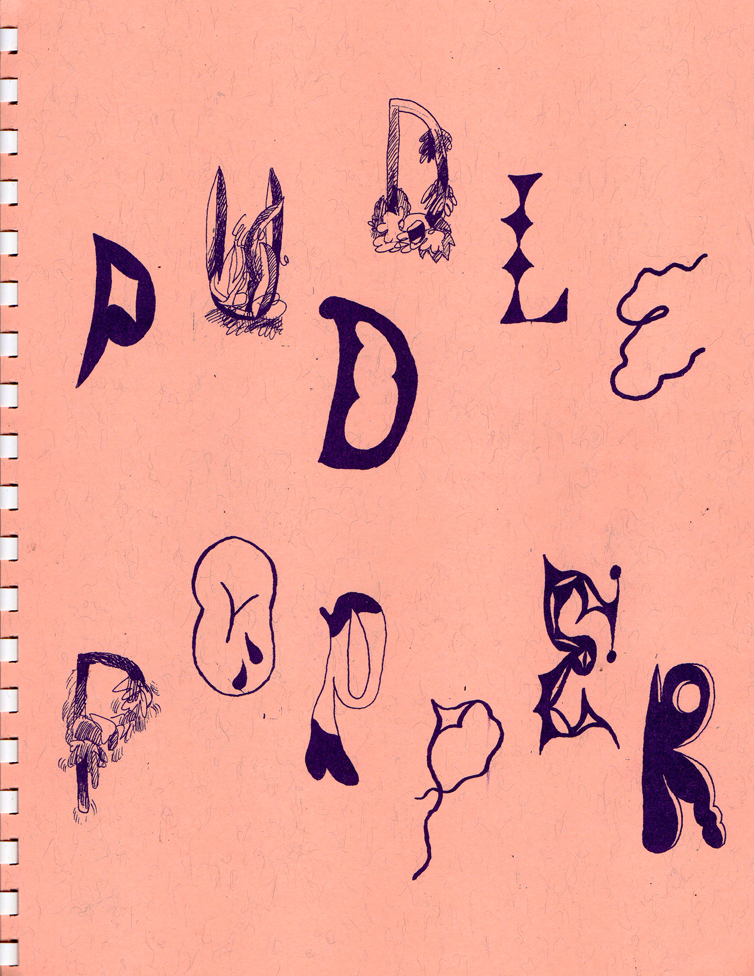 Puddle Popper
Puddle Popper
 An Incongruous Landscape
An Incongruous Landscape
 A Wikipedia reader
by
David Horvitz
A Wikipedia reader
by
David Horvitz
 Bartleby review
by
Editors: Steffanie Ling and Bopha Chhay
Bartleby review
by
Editors: Steffanie Ling and Bopha Chhay
 955,000: an exhibition organized by Lucy Lippard, The Vancouver Art Gallery, January 13 to February 8, 1970
by
Lippard, Lucy R.
955,000: an exhibition organized by Lucy Lippard, The Vancouver Art Gallery, January 13 to February 8, 1970
by
Lippard, Lucy R.
 Le comète du canard bleu : postcards, prints, drawings, ephemera & books
by
Perro Verlag
Le comète du canard bleu : postcards, prints, drawings, ephemera & books
by
Perro Verlag
 Manifestos
Manifestos
 Penny-Ante
Penny-Ante
 The next beyond
by
Kelie Bowman
The next beyond
by
Kelie Bowman
 Flower arrangements. Vol. 1
by
Ted Feighan
Flower arrangements. Vol. 1
by
Ted Feighan
 New civilizations
by
Chris Foster
New civilizations
by
Chris Foster
 Is this the right word?
by
Alicia Nauta and Eunice Luk
Is this the right word?
by
Alicia Nauta and Eunice Luk
 New stationary department
by
Sara MacKillop
New stationary department
by
Sara MacKillop
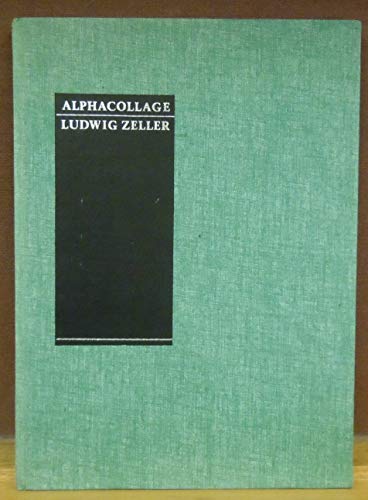 Alphacollage
by
Ludwig Zeller
Alphacollage
by
Ludwig Zeller
 Lived image : the year in blur
by
Aamna Muzaffar
Lived image : the year in blur
by
Aamna Muzaffar
 Invisible colors
by
Chrysanne Stathacos
Invisible colors
by
Chrysanne Stathacos
 Blue icons
by
Dan Walsh
Blue icons
by
Dan Walsh
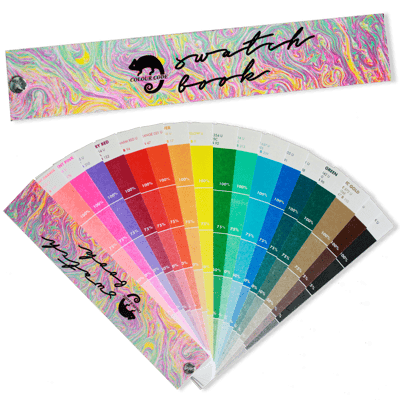 Risograph Swatchbook
by
Colour Code Printing (Firm)
Risograph Swatchbook
by
Colour Code Printing (Firm)
 Screening 1
by
Sigrid Calon (artist); Willem van Zoetendaal (graphic artist)
Screening 1
by
Sigrid Calon (artist); Willem van Zoetendaal (graphic artist)
 Le dame variabili
by
Francesco Marrello
Le dame variabili
by
Francesco Marrello
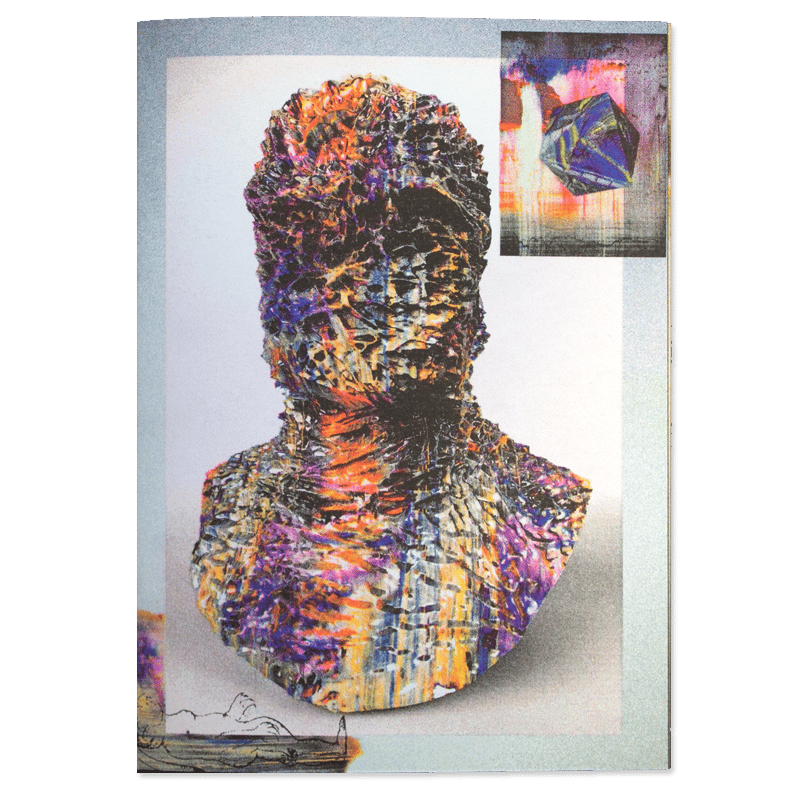 New age demanded
by
Jon Rafman; Ezra Pound
New age demanded
by
Jon Rafman; Ezra Pound
 Fingerprints
by
Tetsunori Tawaraya
Fingerprints
by
Tetsunori Tawaraya
 The next beyond
by
Kelie Bowman
The next beyond
by
Kelie Bowman
 Peep-hole sheet : quarterly of artists' writings.
Peep-hole sheet : quarterly of artists' writings.
 Momentary Monument: the Swamp
by
Lara Favaretto
Momentary Monument: the Swamp
by
Lara Favaretto
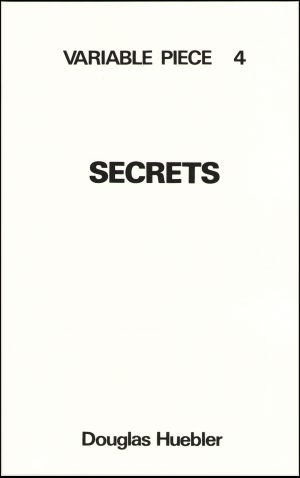 Secrets : variable piece 4
by
Douglas Huebler
Secrets : variable piece 4
by
Douglas Huebler
 955,000: an exhibition organized by Lucy Lippard, The Vancouver Art Gallery, January 13 to February 8, 1970
by
Lippard, Lucy R.
955,000: an exhibition organized by Lucy Lippard, The Vancouver Art Gallery, January 13 to February 8, 1970
by
Lippard, Lucy R.
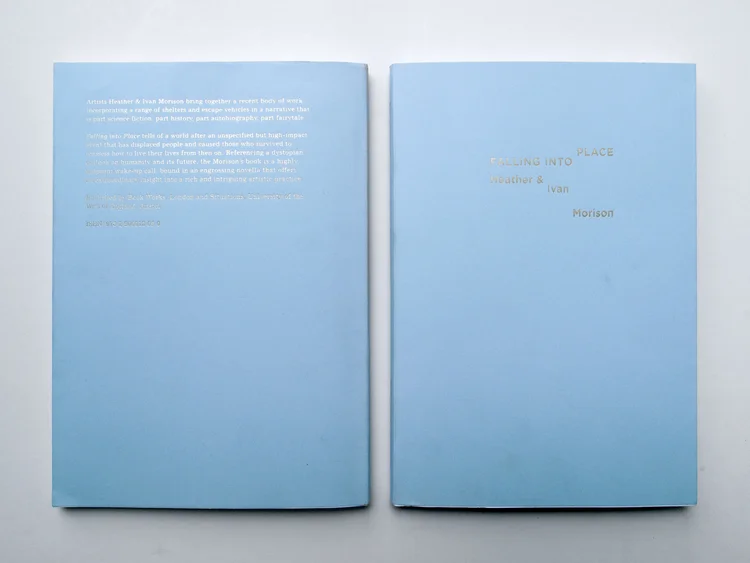 Falling into place
by
Heather & Ivan Morison
Falling into place
by
Heather & Ivan Morison
 Endometriosis: Not Quite Healthy, Not Quite Sick
by
Dana Kearley
Endometriosis: Not Quite Healthy, Not Quite Sick
by
Dana Kearley
 Freshwater | salt / poetry
by
Rosemary Hu ; illustration - Madeline Metras.
Freshwater | salt / poetry
by
Rosemary Hu ; illustration - Madeline Metras.
 Radical accessibility: crip pedagogies, crip theory, crip practice
Radical accessibility: crip pedagogies, crip theory, crip practice
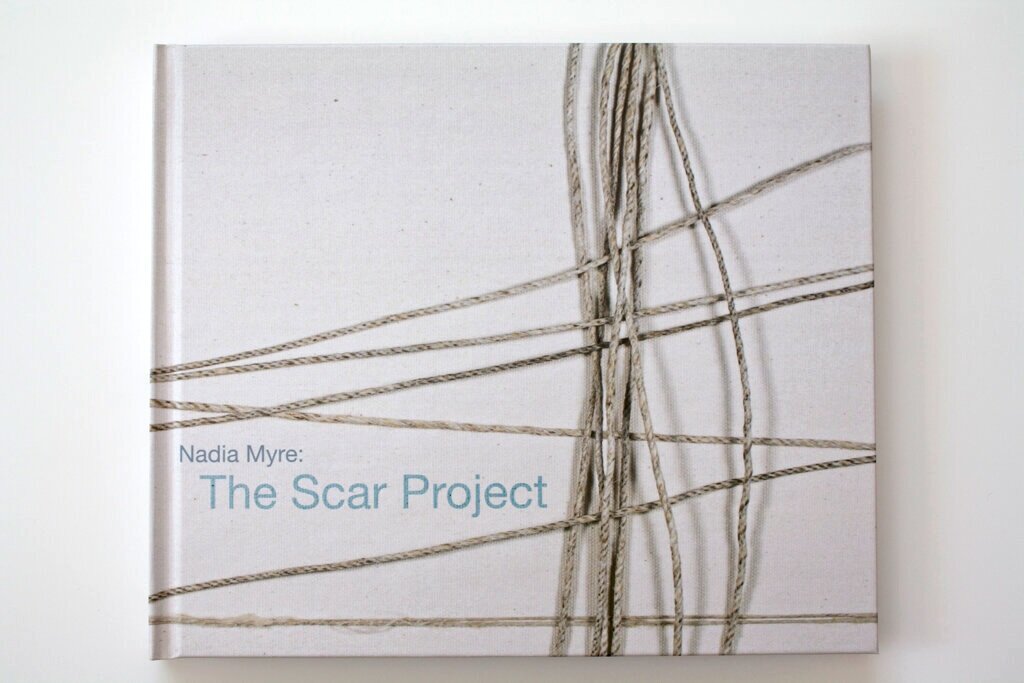 The Scar Project / Nadia Myre
The Scar Project / Nadia Myre
 Sessile
by
Hue Nguyen
Sessile
by
Hue Nguyen
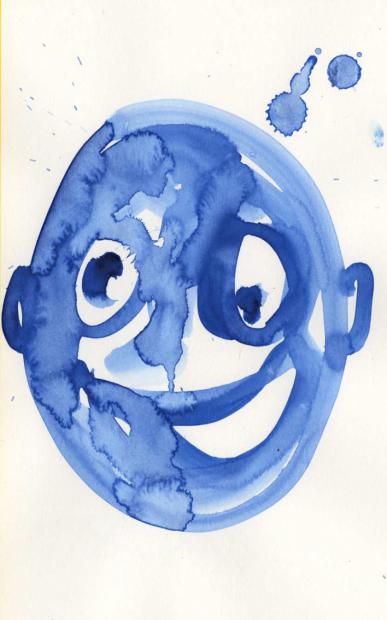 Today I'm feeling ...
by
Jeppe Hein
Today I'm feeling ...
by
Jeppe Hein
 Fire Season
Fire Season
 Keith Langergraber : the wilderness of mirrors / tuning in the inbetween, a discussion with Keith Langergraber and George Harris
Keith Langergraber : the wilderness of mirrors / tuning in the inbetween, a discussion with Keith Langergraber and George Harris
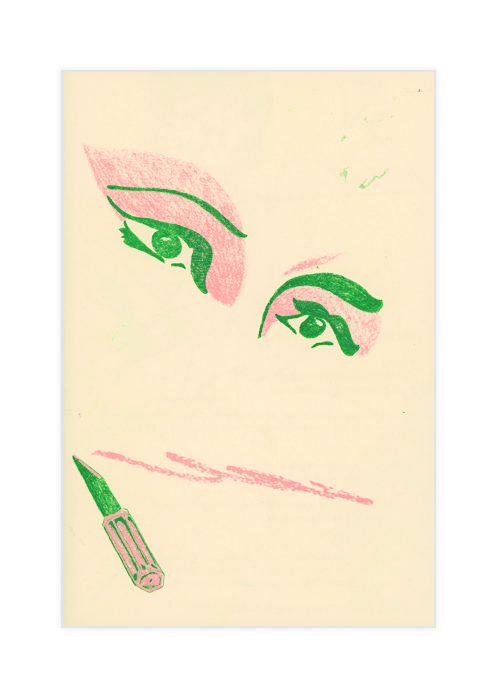 Telepathic lover
by
JG
Telepathic lover
by
JG
 Trixie's trek with Triniti
by
Christensen, Sean, (artist.). Christensen, Sean, (artist.). Vaughn, Jon, (artist.). Wilk, Erica, (designer.).
Trixie's trek with Triniti
by
Christensen, Sean, (artist.). Christensen, Sean, (artist.). Vaughn, Jon, (artist.). Wilk, Erica, (designer.).
 Sessile
by
Hue Nguyen
Sessile
by
Hue Nguyen
 How do you say your last name? : A coloring book on growing up Asian-American
by
Vanessa Nguyen
How do you say your last name? : A coloring book on growing up Asian-American
by
Vanessa Nguyen
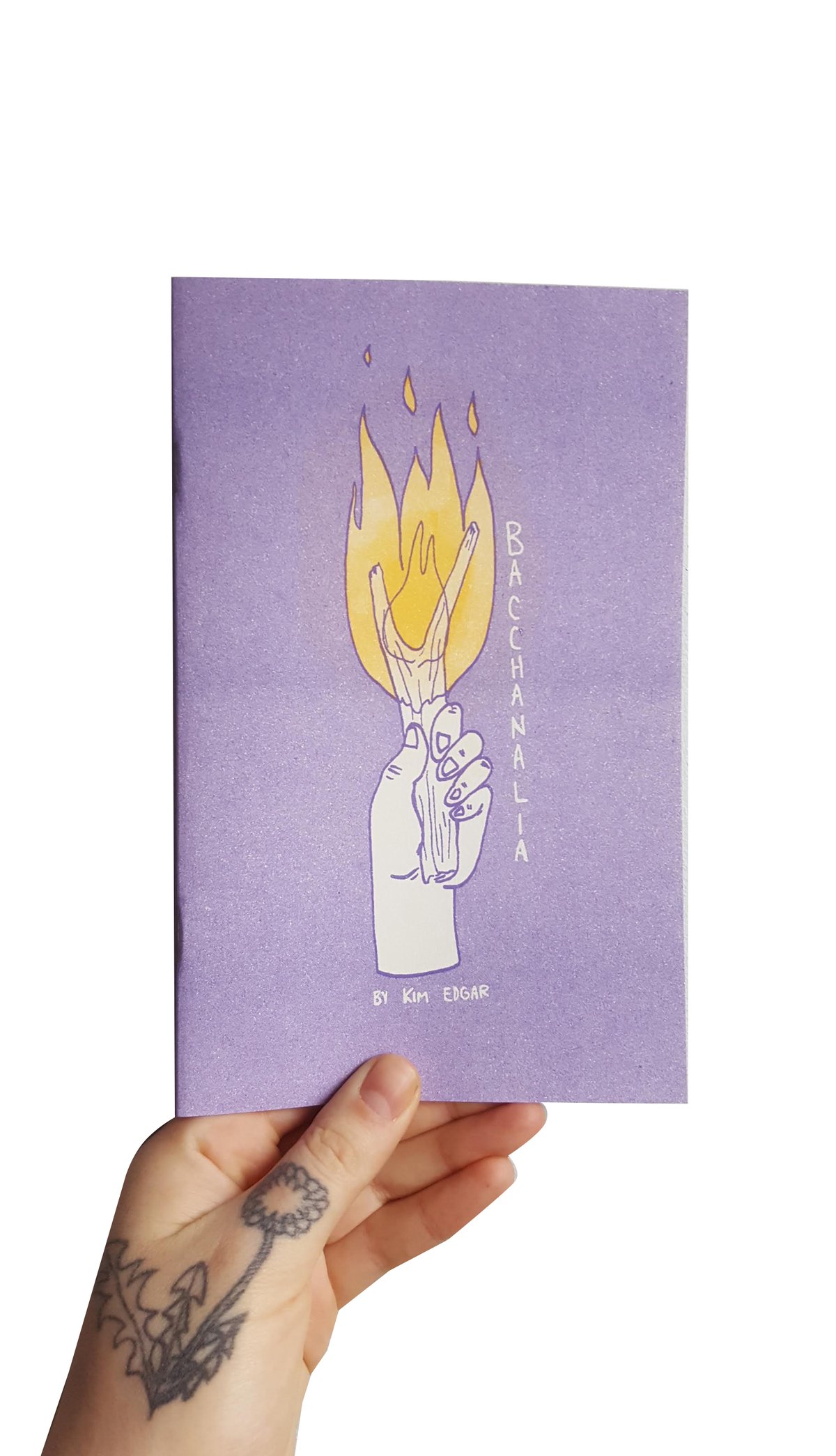 Bacchanalia
by
Kim Edgar
Bacchanalia
by
Kim Edgar
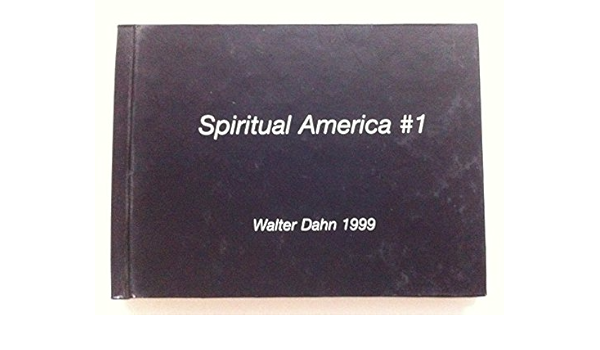 Spiritual America #1
by
Walter Dahn
Spiritual America #1
by
Walter Dahn
 The Nam
by
Fiona Banner
The Nam
by
Fiona Banner
 Variation sur Metropolis
by
Maya Schweizer
Variation sur Metropolis
by
Maya Schweizer
 Rarely Seen Bas Jan Ader Film
by
David Horvitz; Brian Kennon (Designed by)
Rarely Seen Bas Jan Ader Film
by
David Horvitz; Brian Kennon (Designed by)
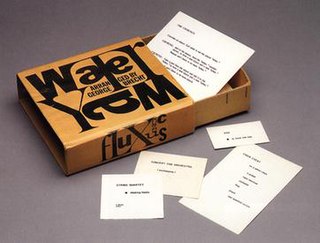 Water Yam
by
George Brecht
Water Yam
by
George Brecht
 Manifestos
Manifestos
 The Four suits
by
Benjamin Patterson, Philip Corner, Alison Knowles, Tomas Schmit
The Four suits
by
Benjamin Patterson, Philip Corner, Alison Knowles, Tomas Schmit
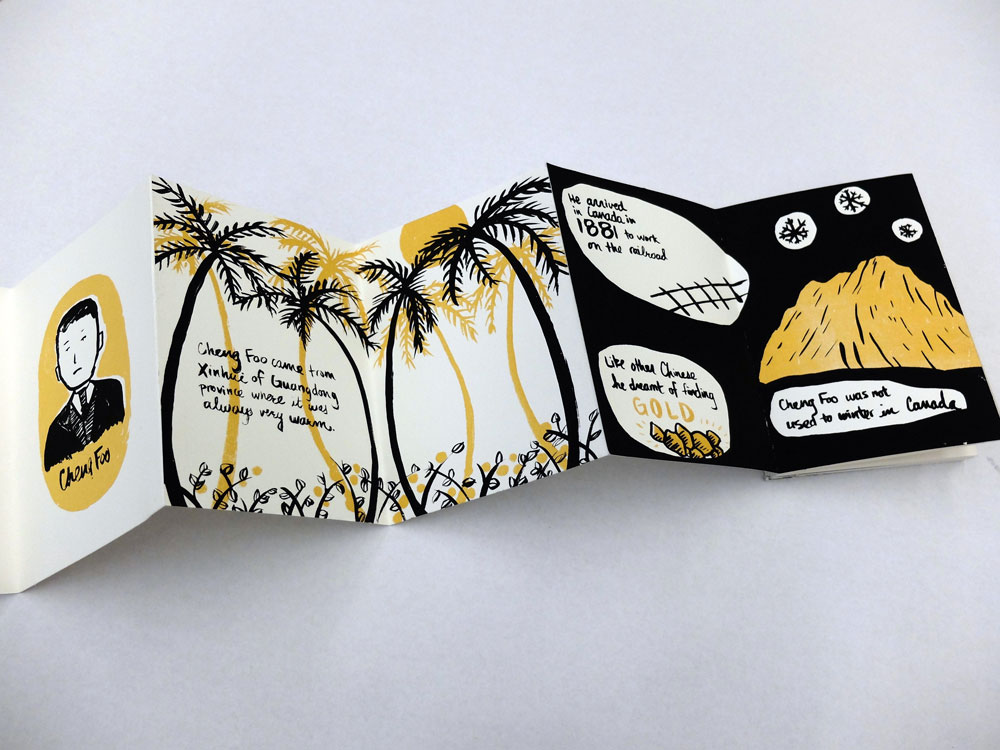 Cheng Foo
by
Yuen, Marlene
Cheng Foo
by
Yuen, Marlene
 Coming soon!
by
Diyan Achjadi
Coming soon!
by
Diyan Achjadi
 Hi, my name is Stephanie :) I'm studying in Holland
by
Tiffin Breen
Hi, my name is Stephanie :) I'm studying in Holland
by
Tiffin Breen
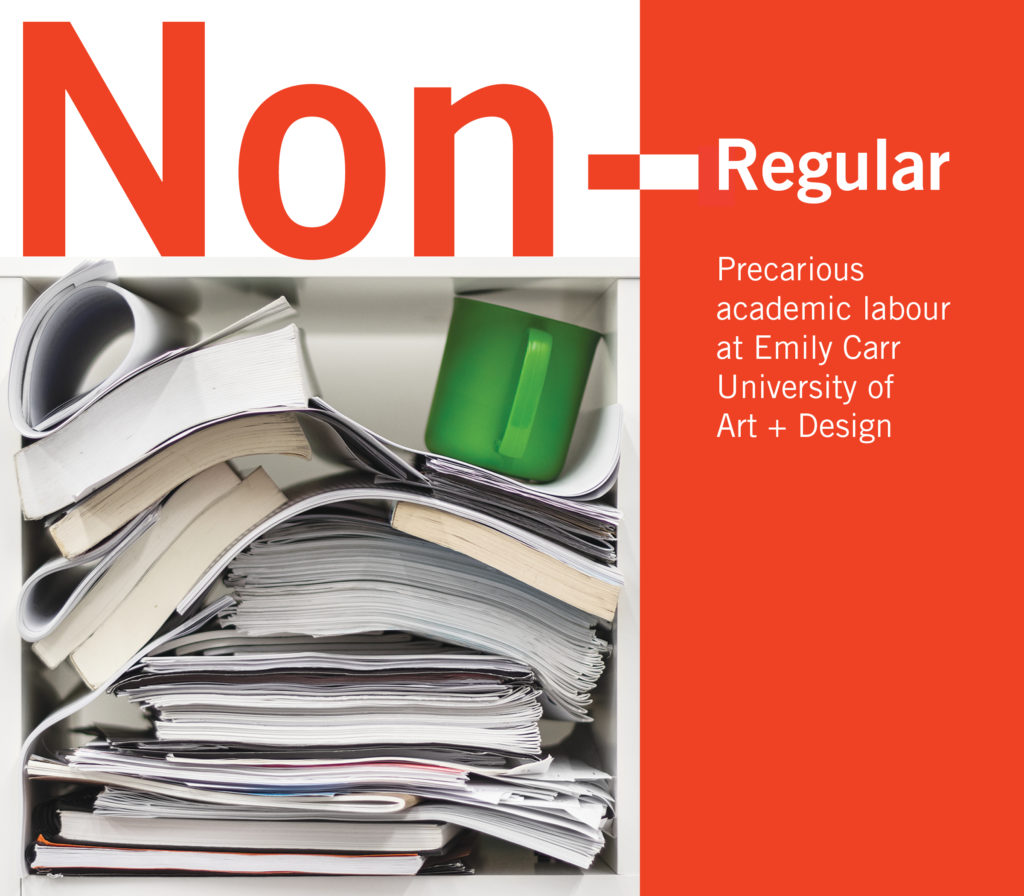 Non-regular : precarious academic labour at Emily Carr University of Art + Design
by
Terra Poirier
Non-regular : precarious academic labour at Emily Carr University of Art + Design
by
Terra Poirier
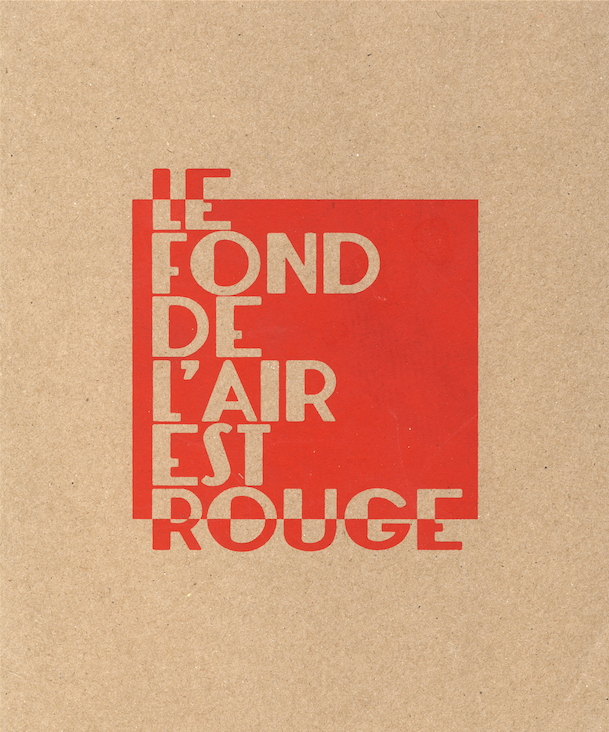 Le Fond de l'air est Rouge
by
Stefan Christoff
Le Fond de l'air est Rouge
by
Stefan Christoff
 Chirashi
by
Baco Ohama
Chirashi
by
Baco Ohama
 Galleria Suvremene Umjetnosti (Zagreb, Croatia)
by
Goran Trbuljak
Galleria Suvremene Umjetnosti (Zagreb, Croatia)
by
Goran Trbuljak
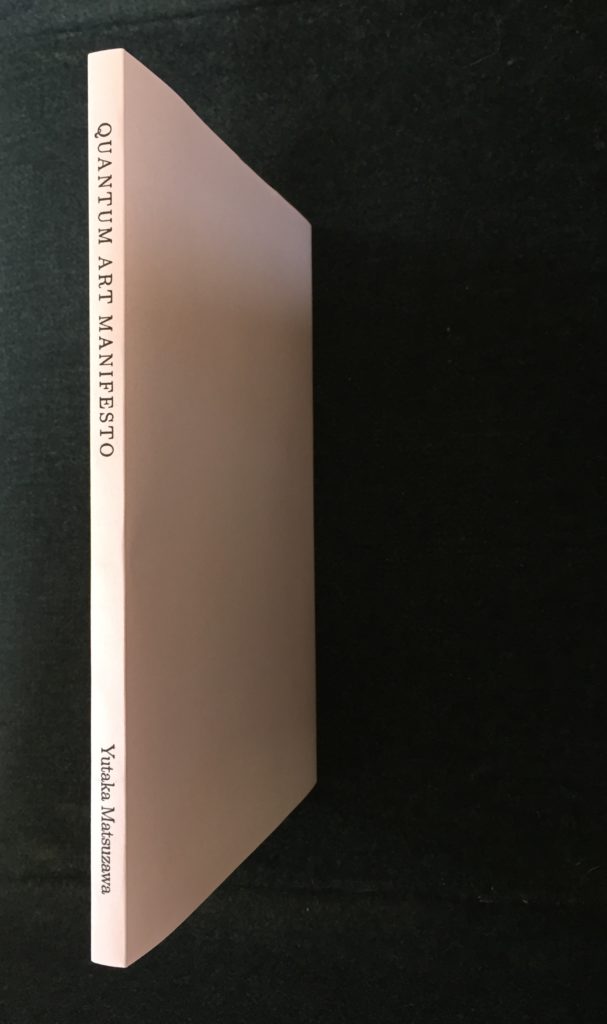 Quantum art manifesto
by
Yutaka Matsuzawa
Quantum art manifesto
by
Yutaka Matsuzawa
 Manifestos / by Ay-o, Philip Corner, W.E.B. DuBois Clubs, Oyvind Fahlström, Robert Filliou, John Giorno, Al Hansen, Dick Higgins, Allan Kaprow, Alison Knowles, Nam June Paik, Diter Rot, Jerome Rothenberg, Wolf Vostell, Robert Watts, Emmett Williams.
Manifestos / by Ay-o, Philip Corner, W.E.B. DuBois Clubs, Oyvind Fahlström, Robert Filliou, John Giorno, Al Hansen, Dick Higgins, Allan Kaprow, Alison Knowles, Nam June Paik, Diter Rot, Jerome Rothenberg, Wolf Vostell, Robert Watts, Emmett Williams.
 Say Translation Is Art
by
Sawako Nakayasu
Say Translation Is Art
by
Sawako Nakayasu
 Notations
by
John Cage
Notations
by
John Cage
 Daily news
by
Aleksandra Mir
Daily news
by
Aleksandra Mir
 Evil people in modernist homes in popular films. Vol. 1, MMX
by
Benjamin Critton
Evil people in modernist homes in popular films. Vol. 1, MMX
by
Benjamin Critton
 Invisible Violence
by
Belmore, Rebecca. Granados, Francisco-Fernando. Gonzales-Day, Ken
Invisible Violence
by
Belmore, Rebecca. Granados, Francisco-Fernando. Gonzales-Day, Ken
 Project entitled "The beginnings of a complex..." (1976-77) : notes, drawings, photographs
by
Aycock, Alice
Project entitled "The beginnings of a complex..." (1976-77) : notes, drawings, photographs
by
Aycock, Alice
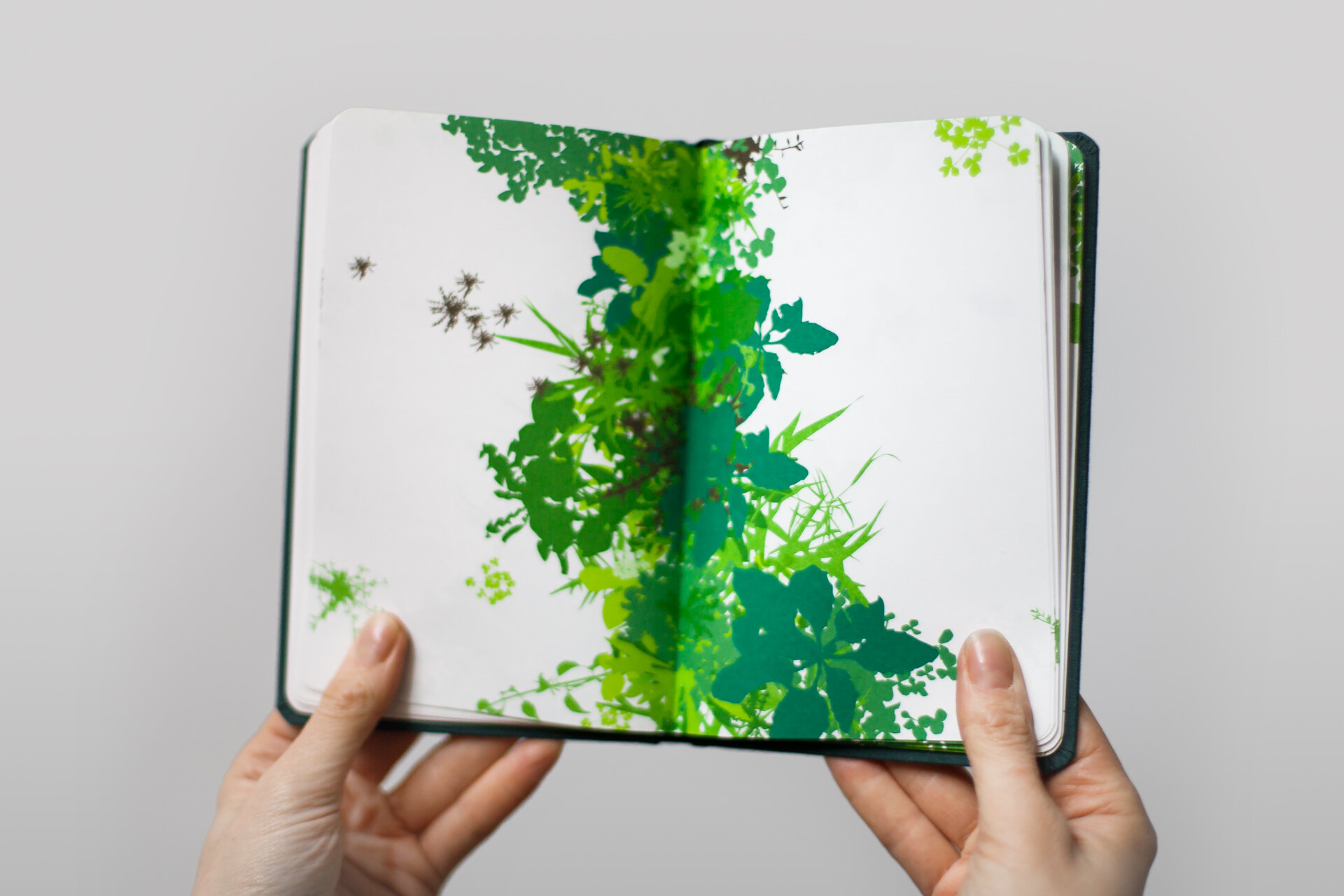 A field guide to weeds : with illustrated taxonomy of the most pernicious and troublesome plants
by
Beck, Kim
A field guide to weeds : with illustrated taxonomy of the most pernicious and troublesome plants
by
Beck, Kim
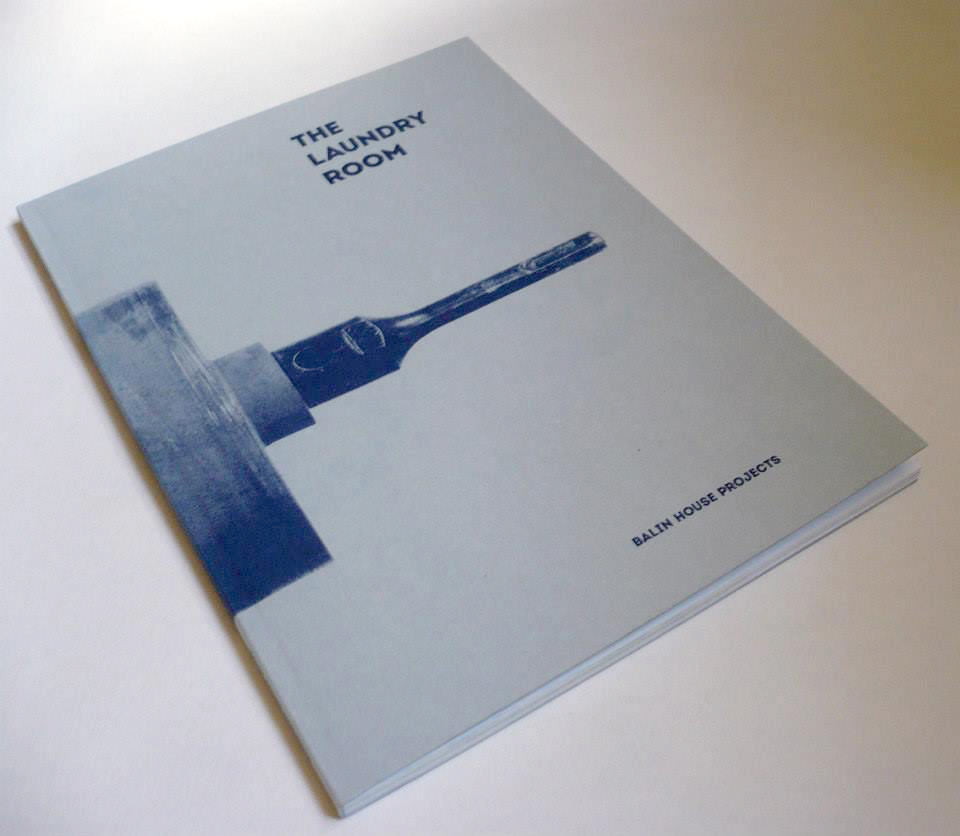 The Laundry Room
by
Balin House Projects
The Laundry Room
by
Balin House Projects
 Shame shame go away : trauma, me and D.I.D
by
MacCormack, Jess
Shame shame go away : trauma, me and D.I.D
by
MacCormack, Jess
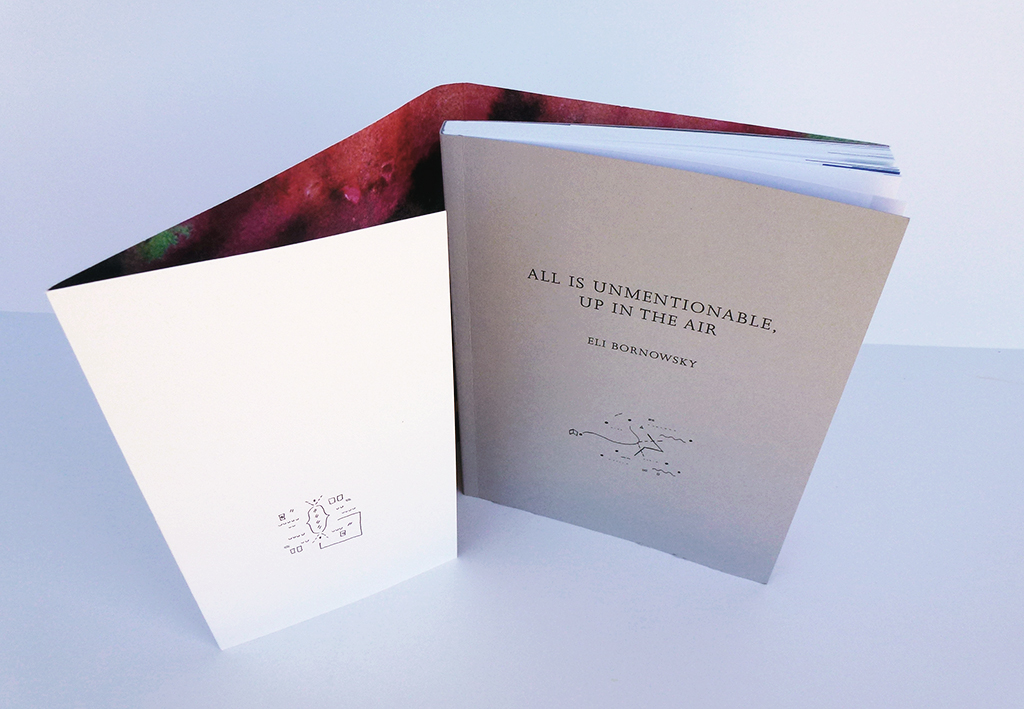 All is unmentionable, up in the air
by
Eli Bornowsky
All is unmentionable, up in the air
by
Eli Bornowsky
 Twelve Paintings
by
Laura Owens
Twelve Paintings
by
Laura Owens
 Forest light
by
Radha Pandey
Forest light
by
Radha Pandey
 Water Yam
by
George Brecht
Water Yam
by
George Brecht
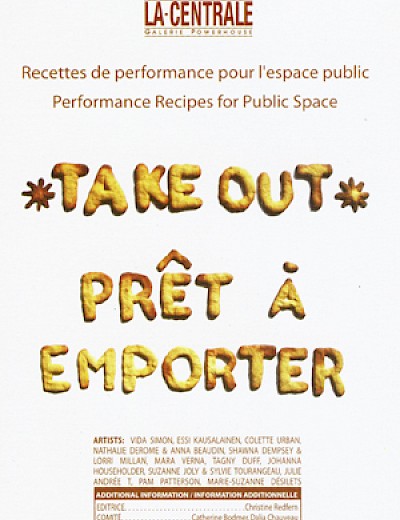 Take out: Performance Recipes for Public Space
by
Centrale Galerie Powerhouse
Take out: Performance Recipes for Public Space
by
Centrale Galerie Powerhouse
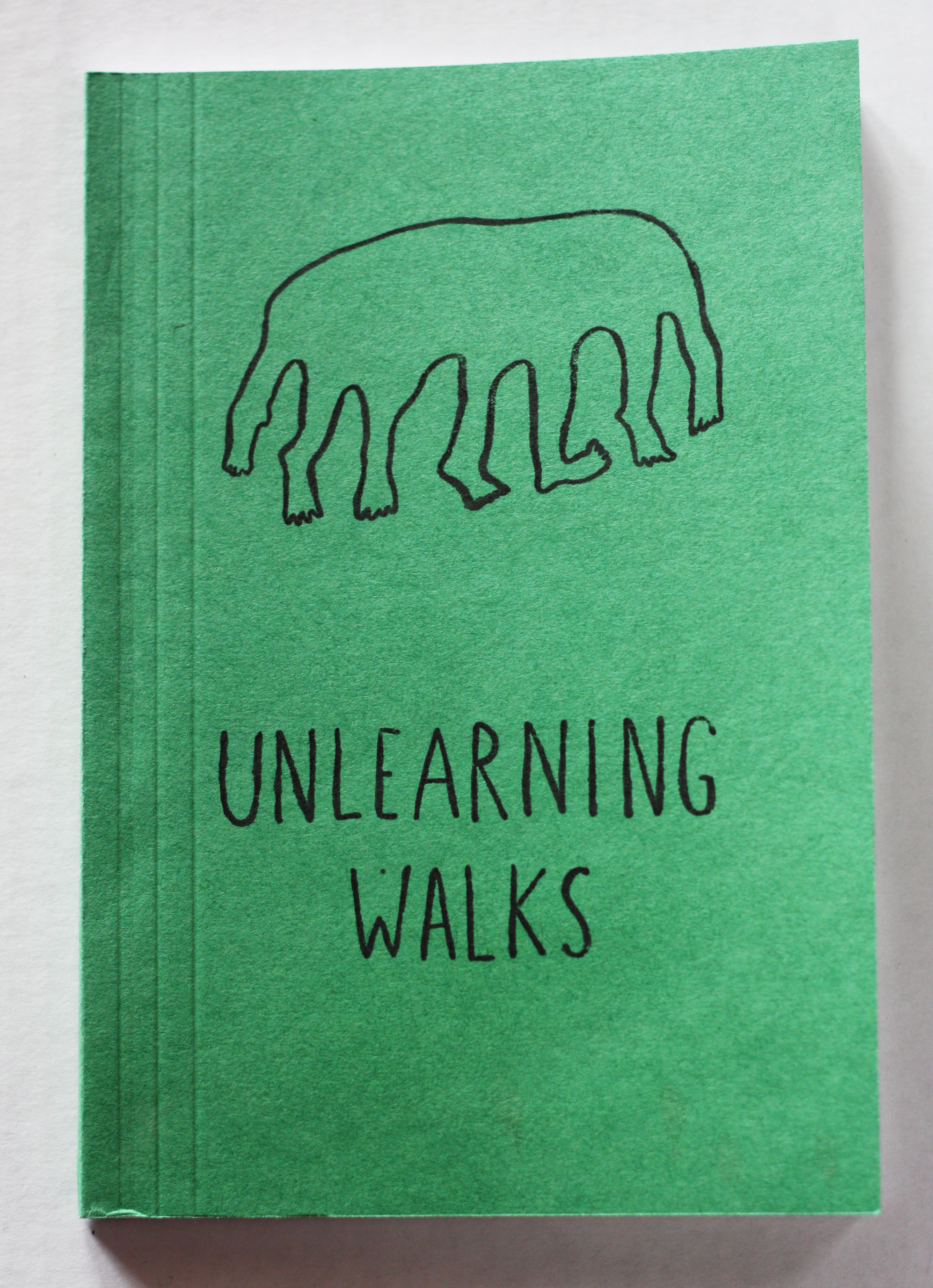 Unlearning Walks
by
Catherine Grau, Zoe Kreye
Unlearning Walks
by
Catherine Grau, Zoe Kreye
 Changes: Notes on Choreography
by
Merce Cunningham
Changes: Notes on Choreography
by
Merce Cunningham
 Non-regular : precarious academic labour at Emily Carr University of Art + Design
by
Terra Poirier
Non-regular : precarious academic labour at Emily Carr University of Art + Design
by
Terra Poirier
 Let's mobilize : what is feminist pedagogy?
by
Feminist Pedagogy Working Group, Valand Academy, University of Gothenburg, Sweden
Let's mobilize : what is feminist pedagogy?
by
Feminist Pedagogy Working Group, Valand Academy, University of Gothenburg, Sweden
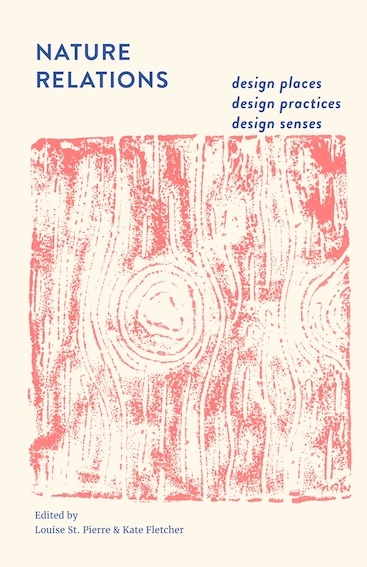 Nature relations : design places, design practices, design senses
by
Louise St. Pierre & Kate Fletcher
Nature relations : design places, design practices, design senses
by
Louise St. Pierre & Kate Fletcher
 A Landscape Photograph in the Land of the Dead
by
Nic Wilson
A Landscape Photograph in the Land of the Dead
by
Nic Wilson
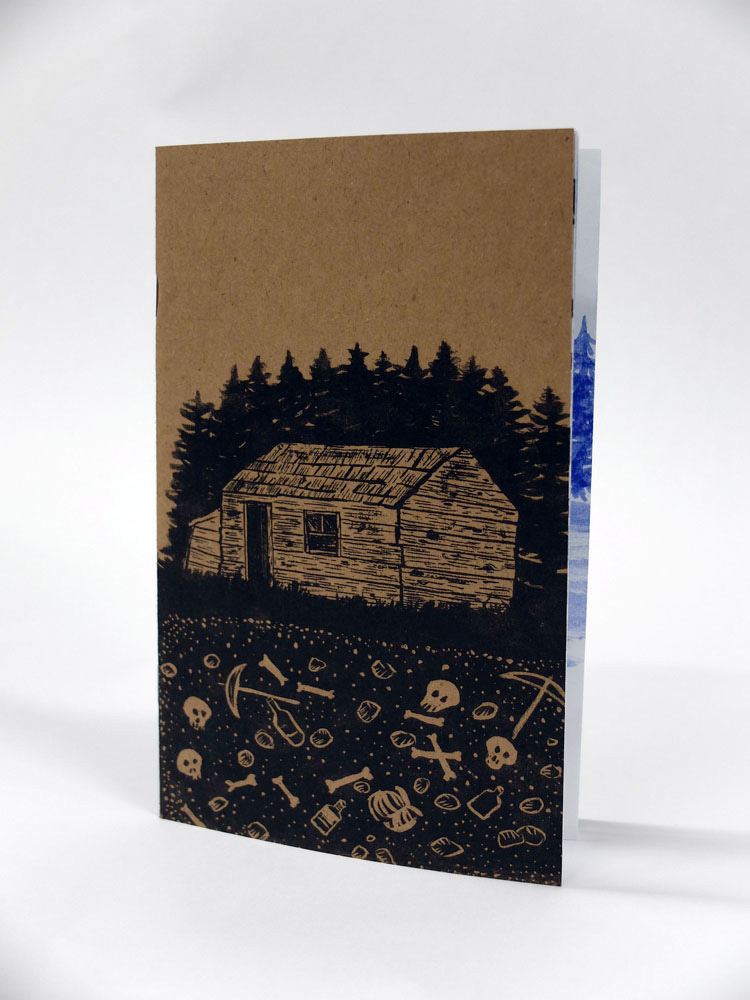 Jumbo's Cabin
by
Marlene Yuen
Jumbo's Cabin
by
Marlene Yuen
 Supplement
by
Fillip
Supplement
by
Fillip
 Swimming Pool
by
Anna Vaivare
Swimming Pool
by
Anna Vaivare
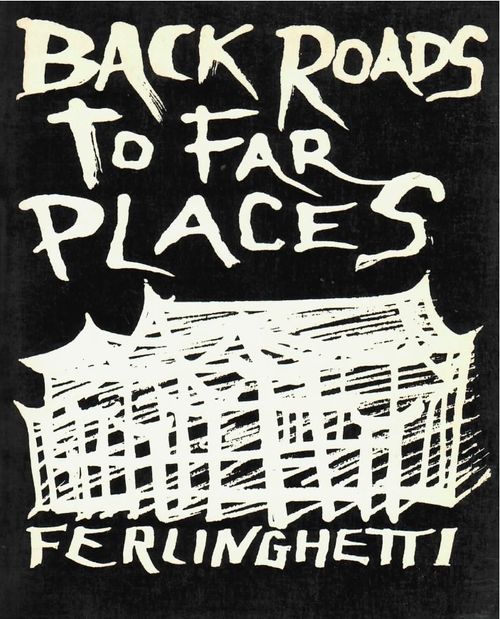 Back roads to far places
by
Lawrence Ferlinghetti
Back roads to far places
by
Lawrence Ferlinghetti
 Forest light
by
Radha Pandey
Forest light
by
Radha Pandey
 Le dame variabili
by
Francesco Marrello
Le dame variabili
by
Francesco Marrello
 Homeward bound : a zine
by
S.W. Blake
Homeward bound : a zine
by
S.W. Blake
 This no place to stay
by
Michael Jordan
This no place to stay
by
Michael Jordan
 Cheng Foo
by
Marlene Yuen
Cheng Foo
by
Marlene Yuen
 Hula hoop girls
by
Daniela, Jordan-Villaveces, Ella Selbie, Eunice Luk
Hula hoop girls
by
Daniela, Jordan-Villaveces, Ella Selbie, Eunice Luk
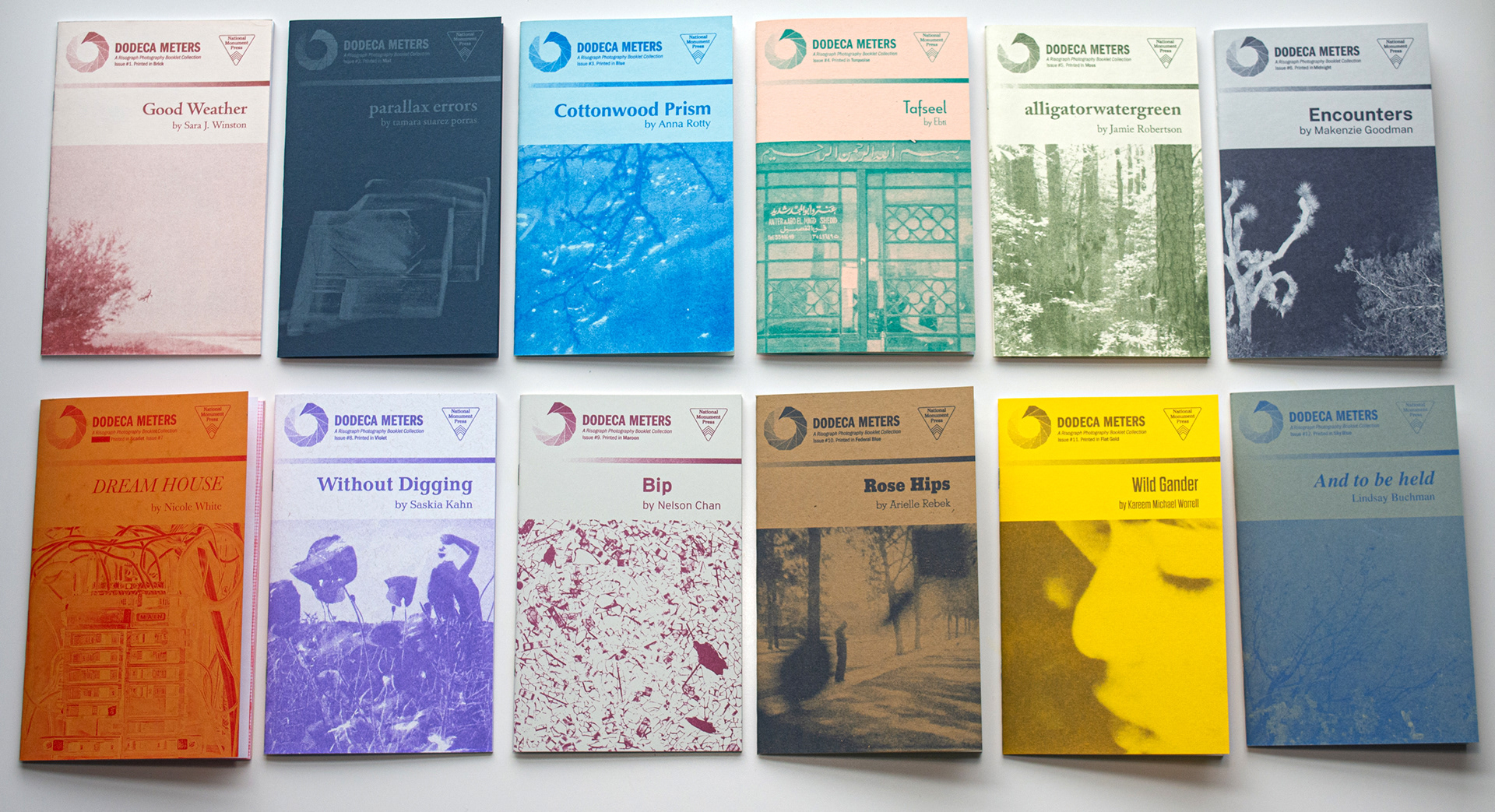 Dodeca meters : a risograph photography booklet collection
Dodeca meters : a risograph photography booklet collection
 Fibre stories : Fibreshed as the seed, the Field School as the fertile soil
by
Logan, Ash, (editor.). Schmitt, Chiara, (editor.).
Fibre stories : Fibreshed as the seed, the Field School as the fertile soil
by
Logan, Ash, (editor.). Schmitt, Chiara, (editor.).
 Battlefronts at eighty: (the process of aging VI)
by
Athena Tacha
Battlefronts at eighty: (the process of aging VI)
by
Athena Tacha
 45 days of sleepwatch
by
Laura Zurowski
45 days of sleepwatch
by
Laura Zurowski
 Now is the past
by
Hai Hsin Huang
Now is the past
by
Hai Hsin Huang
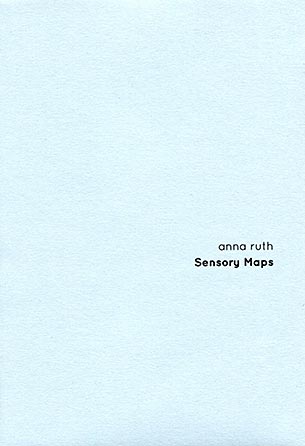 Sensory Maps
by
Anna Ruth and Juho Jäppinen
Sensory Maps
by
Anna Ruth and Juho Jäppinen
 Sugar
by
Jacquie Duruisseau
Sugar
by
Jacquie Duruisseau
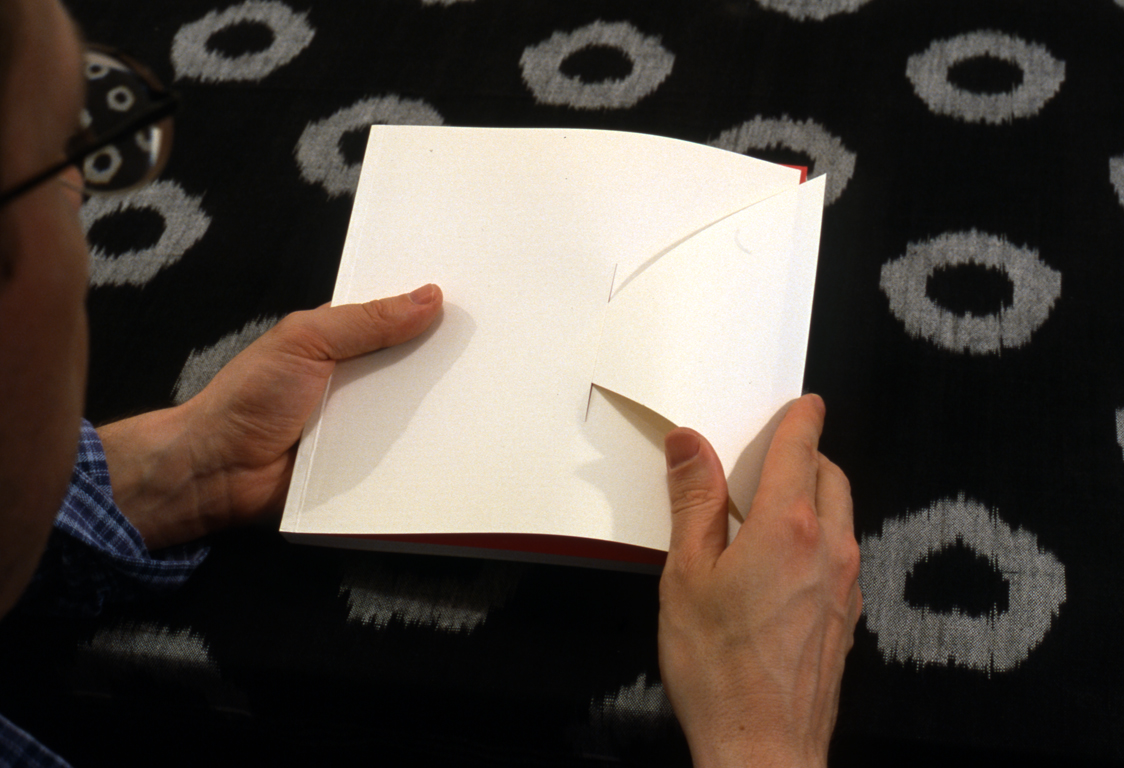 Red poems of rain and voice.
by
Baco Ohama
Red poems of rain and voice.
by
Baco Ohama
 Roots and leaves
by
Richard Marxism
Roots and leaves
by
Richard Marxism
 Someone who doesn’t experience or understand pleasure
by
Jacob Wren
Someone who doesn’t experience or understand pleasure
by
Jacob Wren
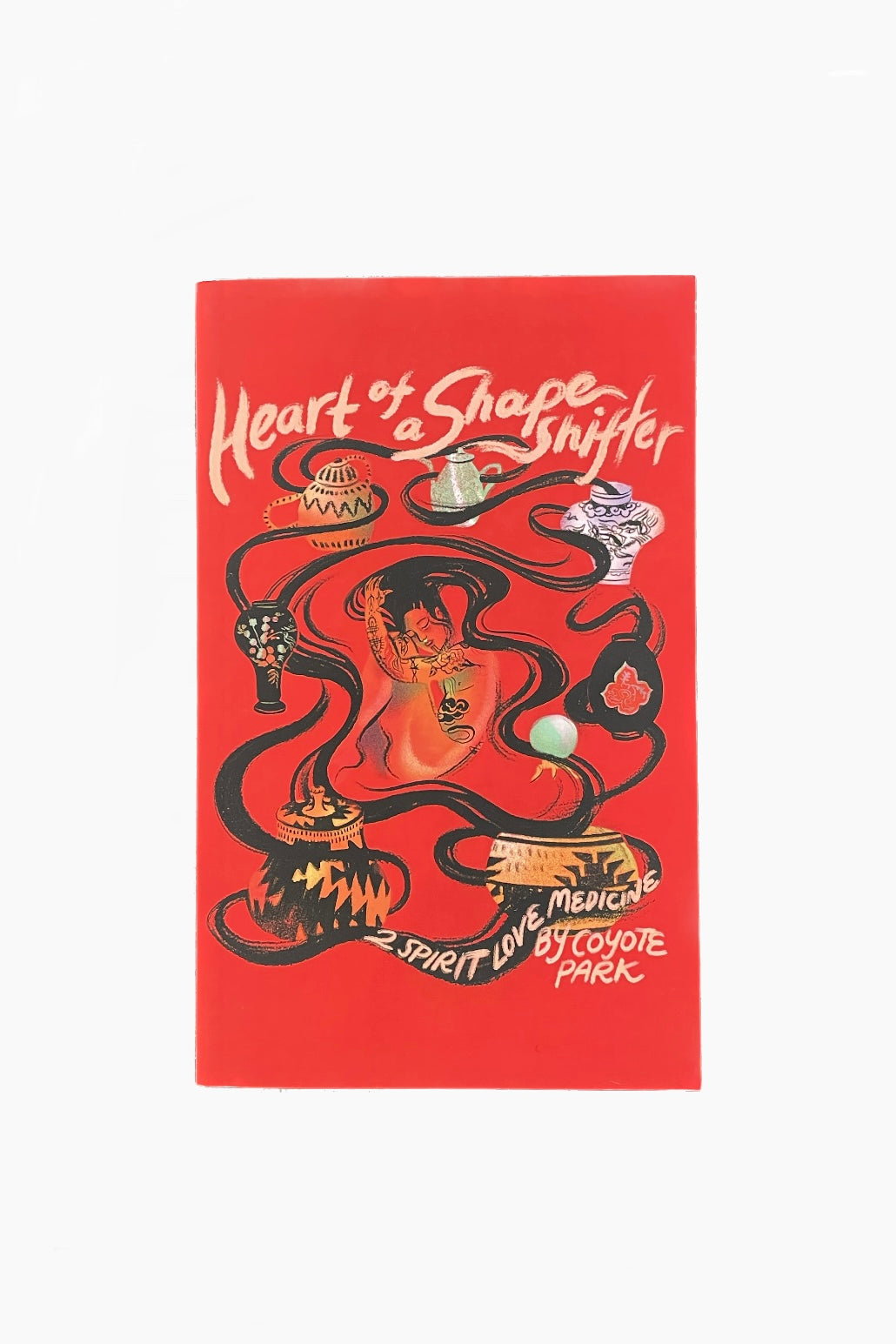 Heart of a shapeshifter : 2spirit love medicine
by
Coyote Park
Heart of a shapeshifter : 2spirit love medicine
by
Coyote Park
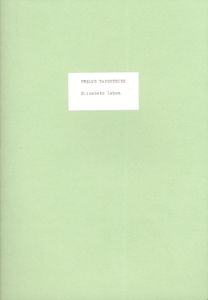 Twelve tapestries
by
Elisabeth Lebon
Twelve tapestries
by
Elisabeth Lebon
 17th annual protest against police brutality.
by
Robertson, Chris
17th annual protest against police brutality.
by
Robertson, Chris
 Friendship of nations : Polish shi'ite showbiz
by
Slavs and Tatars (Group of Artists)
Friendship of nations : Polish shi'ite showbiz
by
Slavs and Tatars (Group of Artists)
 Le Fond de l'air est Rouge
by
Stefan Christoff
Le Fond de l'air est Rouge
by
Stefan Christoff
 Quilt of Hope : Vancouver Artists for Black Liberation
by
Nanyamka (Nya) Lewis (curator); Nic Wayara (editor); Cicely Belle Blain (foreword by)
Quilt of Hope : Vancouver Artists for Black Liberation
by
Nanyamka (Nya) Lewis (curator); Nic Wayara (editor); Cicely Belle Blain (foreword by)
 Some instructions for the sharing of private property
by
Claire Fontaine
Some instructions for the sharing of private property
by
Claire Fontaine
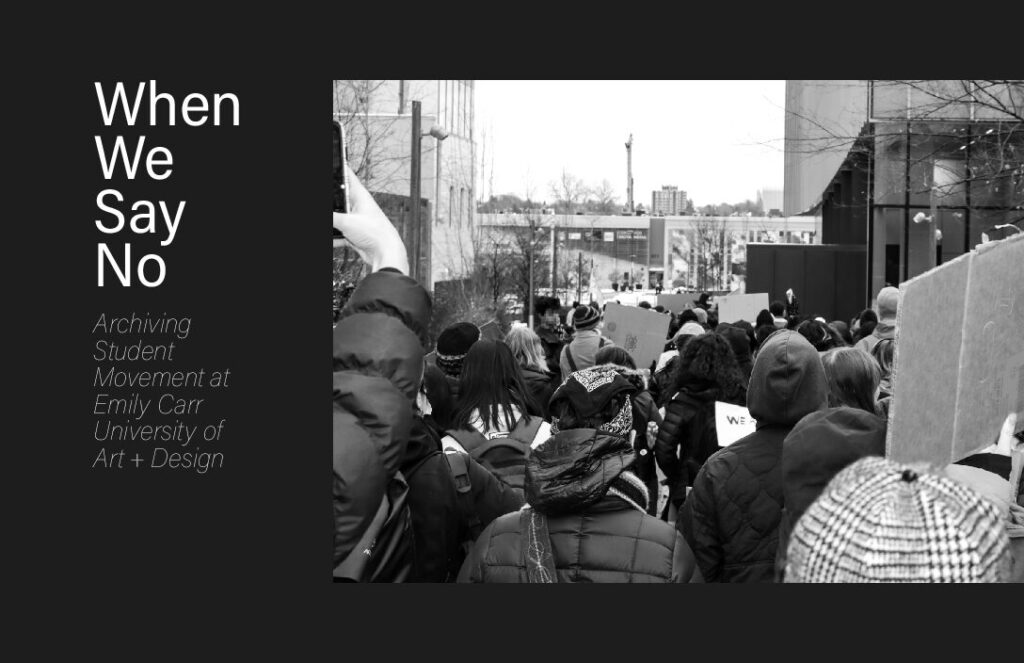 When we say no : archiving student movement at Emily Carr University of Art + Design
by
Steph Schneider
When we say no : archiving student movement at Emily Carr University of Art + Design
by
Steph Schneider
 Risograph Swatchbook
by
Colour Code Printing (Firm)
Risograph Swatchbook
by
Colour Code Printing (Firm)
 Screening 1
by
Sigrid Calon (artist); Willem van Zoetendaal (graphic artist)
Screening 1
by
Sigrid Calon (artist); Willem van Zoetendaal (graphic artist)
 Le dame variabili
by
Francesco Marrello
Le dame variabili
by
Francesco Marrello
 New age demanded
by
Jon Rafman; Ezra Pound
New age demanded
by
Jon Rafman; Ezra Pound
 The See
by
Jessica MacCormack
The See
by
Jessica MacCormack
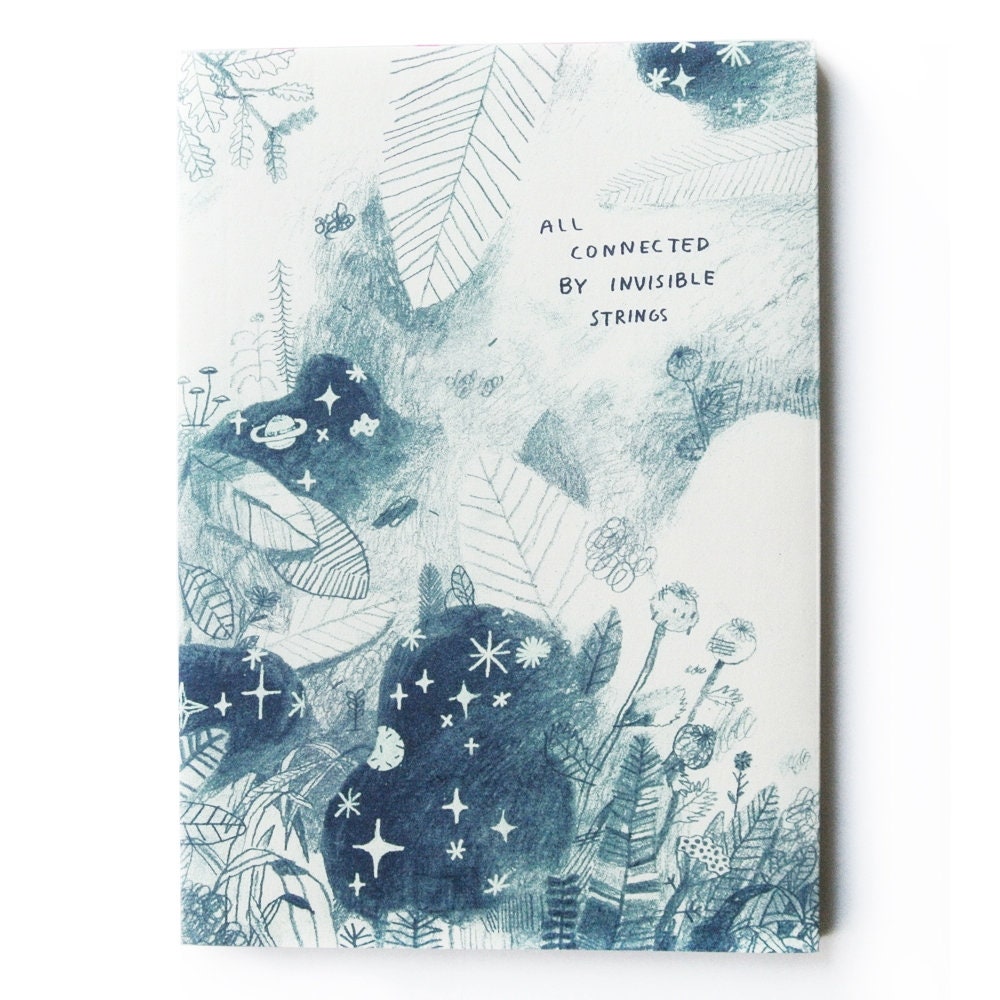 Art Prison #10 : all things connected by invisible string
by
Kai Nodland
Art Prison #10 : all things connected by invisible string
by
Kai Nodland
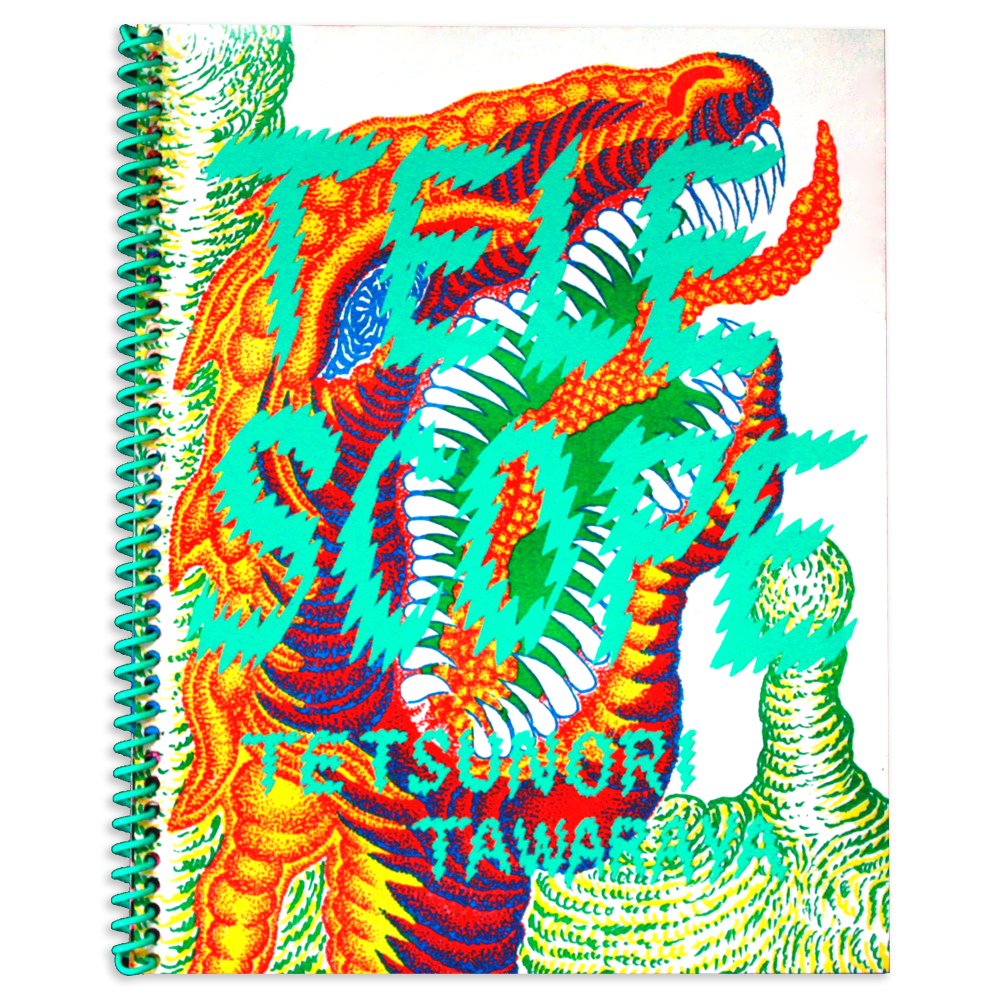 Telescope
by
Tetsunori Tawaraya
Telescope
by
Tetsunori Tawaraya
 The next beyond
by
Kelie Bowman
The next beyond
by
Kelie Bowman
 17th annual protest against police brutality.
by
Robertson, Chris
17th annual protest against police brutality.
by
Robertson, Chris
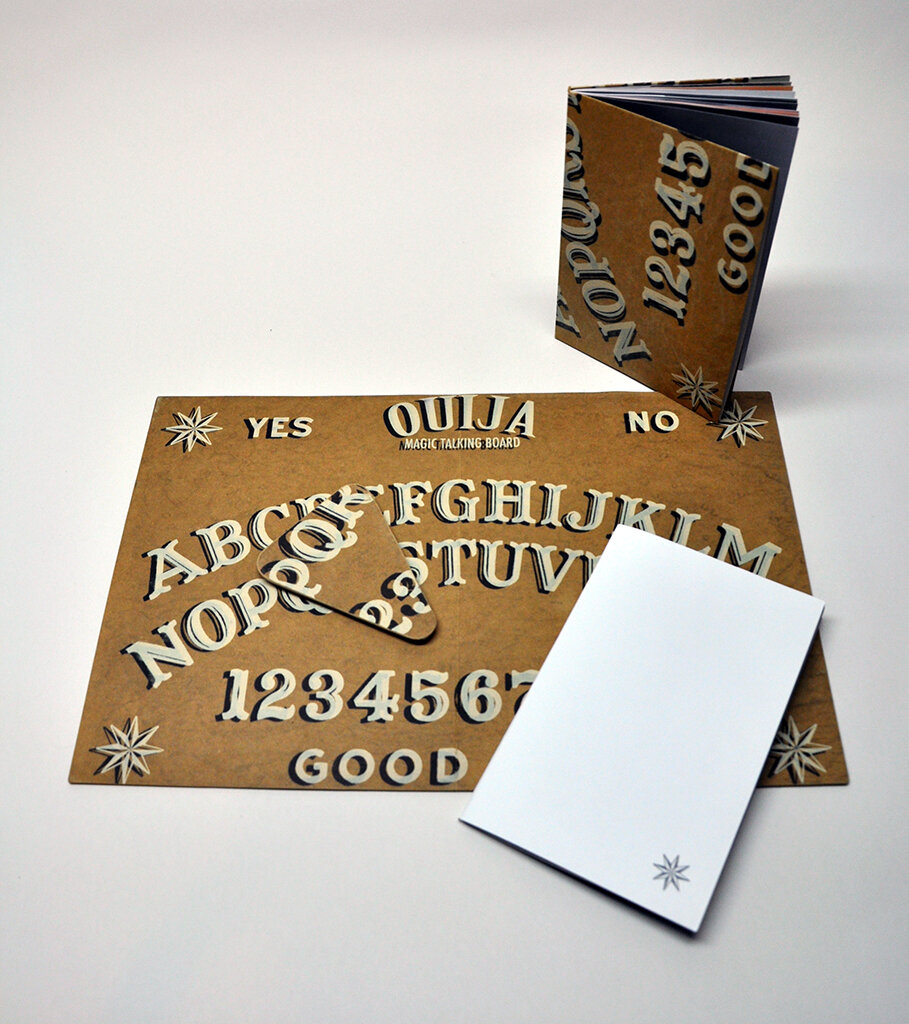 Ouija Orphans
by
Brown, Aimée Henny
Ouija Orphans
by
Brown, Aimée Henny
 forming : issue 2
by
Howey, Eli
forming : issue 2
by
Howey, Eli
 Drunk Ships
by
Howey, Eli
Drunk Ships
by
Howey, Eli
 Cheng Foo
by
Yuen, Marlene
Cheng Foo
by
Yuen, Marlene
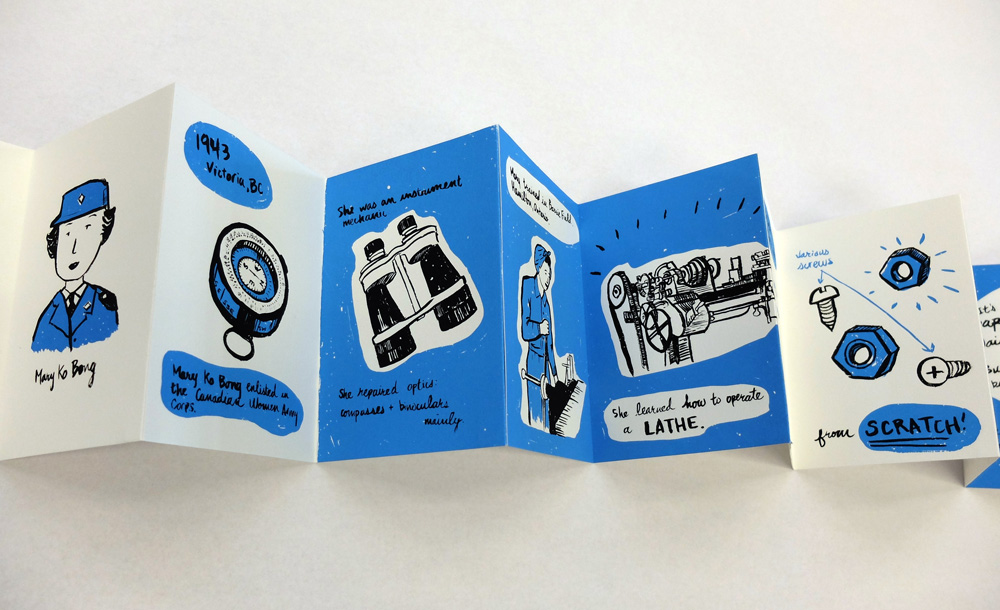 Mary Ko Bong
by
Yuen, Marlene
Mary Ko Bong
by
Yuen, Marlene
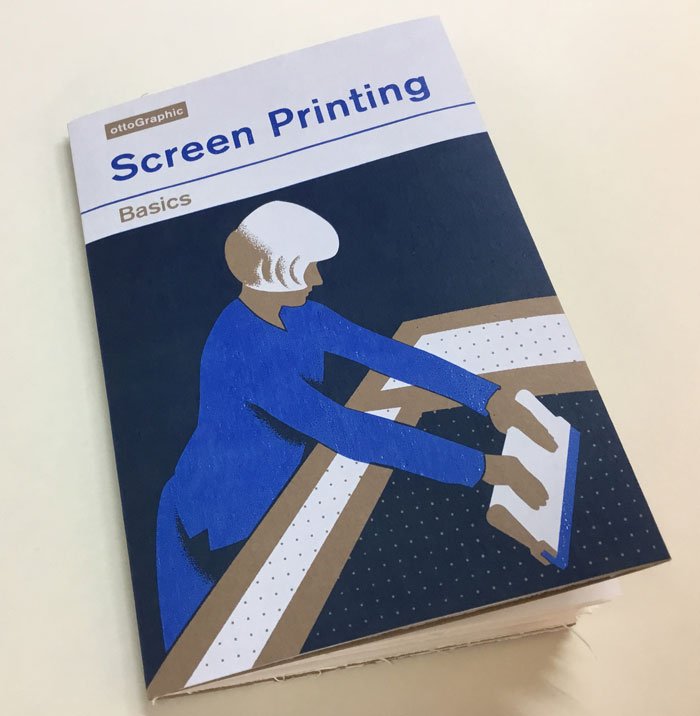 Screen printing manual
by
ottoGraphic
Screen printing manual
by
ottoGraphic
 XXX Voto (for the Spirit of Miss General Idea)
by
General Idea (firm)
XXX Voto (for the Spirit of Miss General Idea)
by
General Idea (firm)
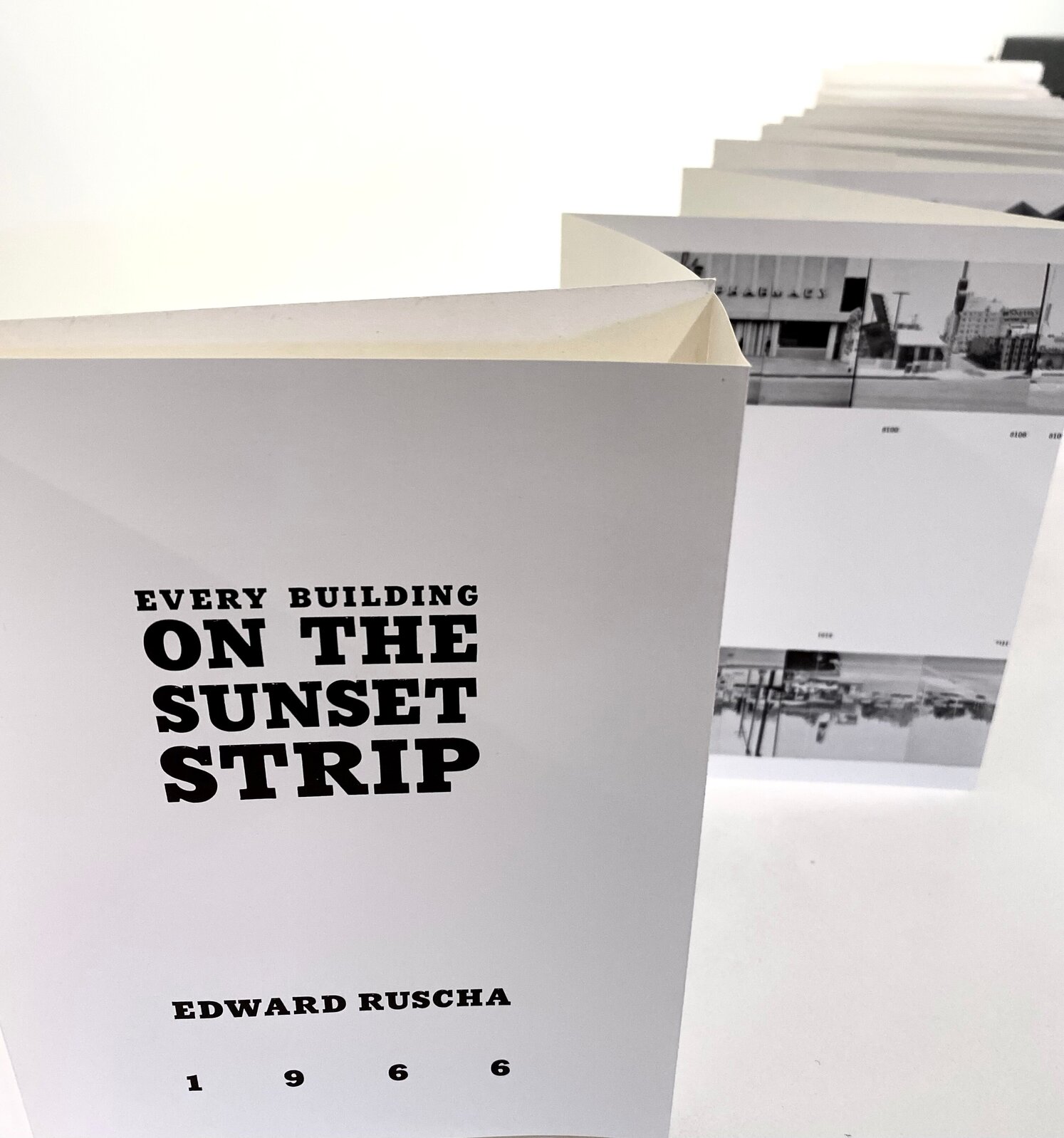 Every Building on the Sunset Strip
by
Edward Ruscha
Every Building on the Sunset Strip
by
Edward Ruscha
 Artwork vs. The work of artists
by
Paige Landesberg
Artwork vs. The work of artists
by
Paige Landesberg
 Fingerprints
by
Tetsunori Tawaraya
Fingerprints
by
Tetsunori Tawaraya
 Showcards
by
General Idea
Showcards
by
General Idea
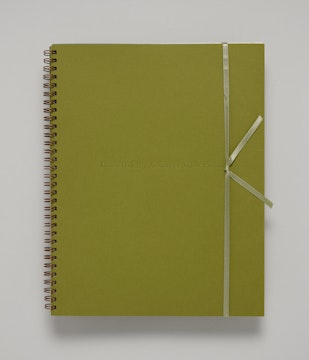 Bound by Contradiction
by
Shelagh Keeley
Bound by Contradiction
by
Shelagh Keeley
 Xerography
by
Michelle Cotton
Xerography
by
Michelle Cotton
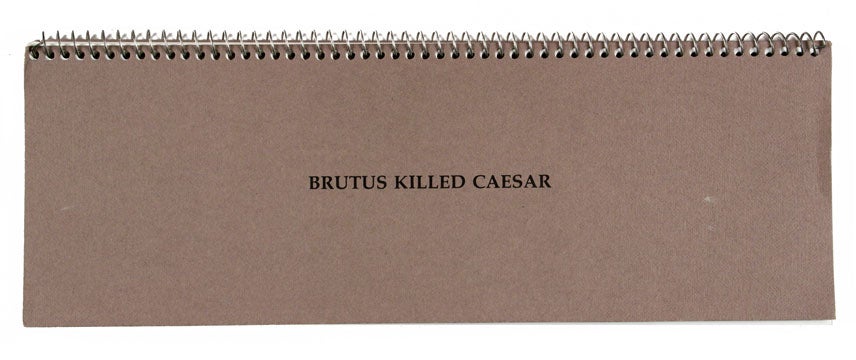 Brutus Killed Caesar
by
John Baldessari
Brutus Killed Caesar
by
John Baldessari
 A Partial History of the S-relation
by
Benjamin Evans
A Partial History of the S-relation
by
Benjamin Evans
 Speaking in Tongues
by
Talking Heads
Speaking in Tongues
by
Talking Heads
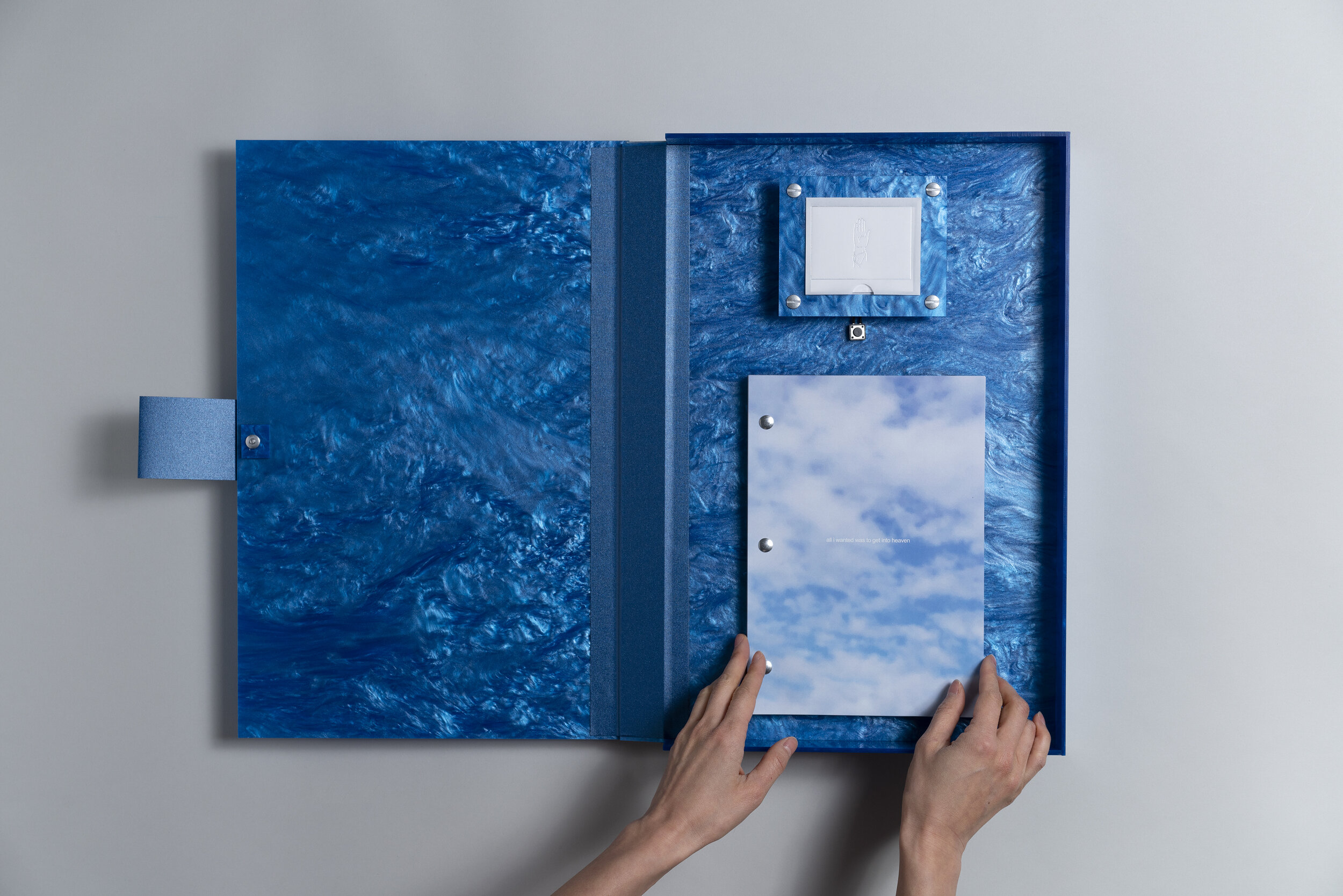 all i wanted was to get into heaven
by
Gi Huo
all i wanted was to get into heaven
by
Gi Huo
 Dr. No
by
Rodney Graham
Dr. No
by
Rodney Graham
 The illustrated dictionary of received ideas
by
Gareth Long, Derek Sullivan
The illustrated dictionary of received ideas
by
Gareth Long, Derek Sullivan
 Letters Become Patterns
by
Sigrid Calon
Letters Become Patterns
by
Sigrid Calon
 Many hands make a quilt: short histories of radical quilting
by
Jess Bailey
Many hands make a quilt: short histories of radical quilting
by
Jess Bailey
 Fibre stories: Fibreshed as the seed, the Field School as the fertile soil
by
Ash Logan; Chiara Schmitt; Emily Carr University of Art + Design
Fibre stories: Fibreshed as the seed, the Field School as the fertile soil
by
Ash Logan; Chiara Schmitt; Emily Carr University of Art + Design
 The Scar Project / Nadia Myre
The Scar Project / Nadia Myre
 Water Yam
by
George Brecht
Water Yam
by
George Brecht
 Heart of a shapeshifter : 2spirit love medicine
by
Coyote Park
Heart of a shapeshifter : 2spirit love medicine
by
Coyote Park
 Love Poem
by
Kathy Slade
Love Poem
by
Kathy Slade
 Things to Use, Things to Love
by
Lola Lely
Things to Use, Things to Love
by
Lola Lely
 I Would Do Anything for Love
by
Al Bedell
I Would Do Anything for Love
by
Al Bedell
 Phaedrus Pron
by
Paul Chan
Phaedrus Pron
by
Paul Chan
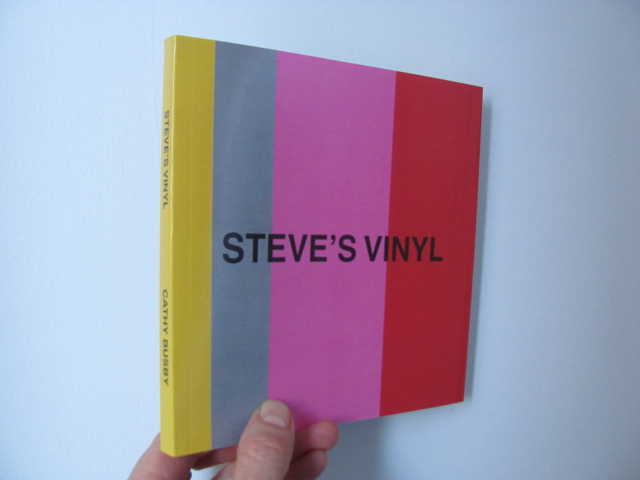 Steve's vinyl : an artist project
by
Cathy Busby
Steve's vinyl : an artist project
by
Cathy Busby
 Coming soon!
by
Diyan Achjadi
Coming soon!
by
Diyan Achjadi
 A sign for the city
by
Sabine Bitter & Helmut Weber
A sign for the city
by
Sabine Bitter & Helmut Weber
 Vancouver treasure map issue no. 2
by
Jessie McNeil
Vancouver treasure map issue no. 2
by
Jessie McNeil
 52 Transactions
by
Kathy Slade
52 Transactions
by
Kathy Slade
library@ecuad.ca
604-844-3840
520 East 1st Avenue, Vancouver, BC